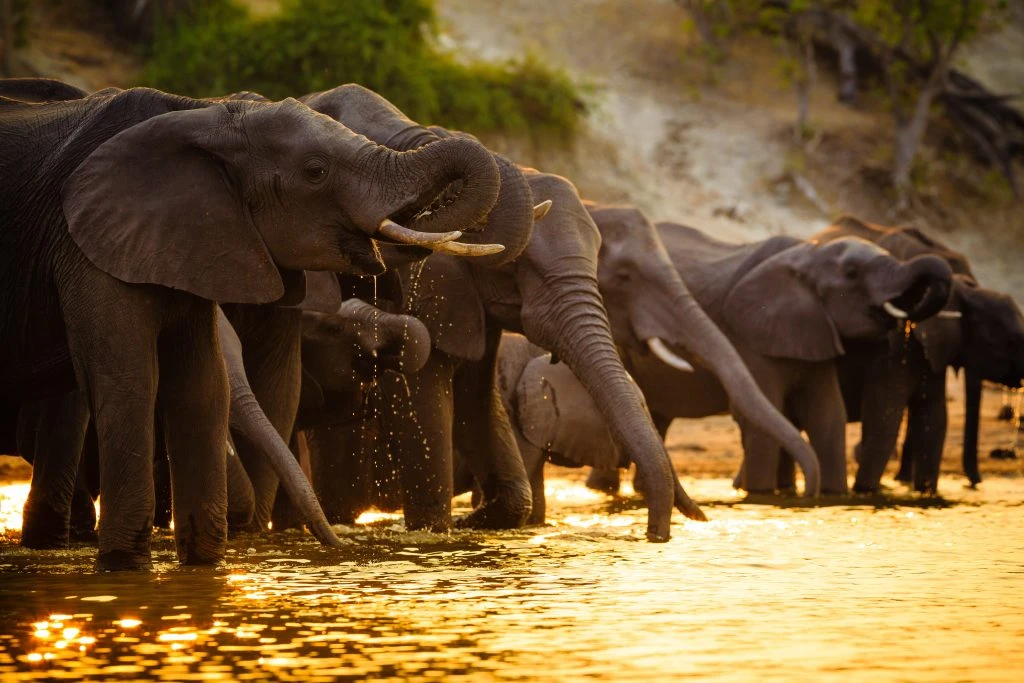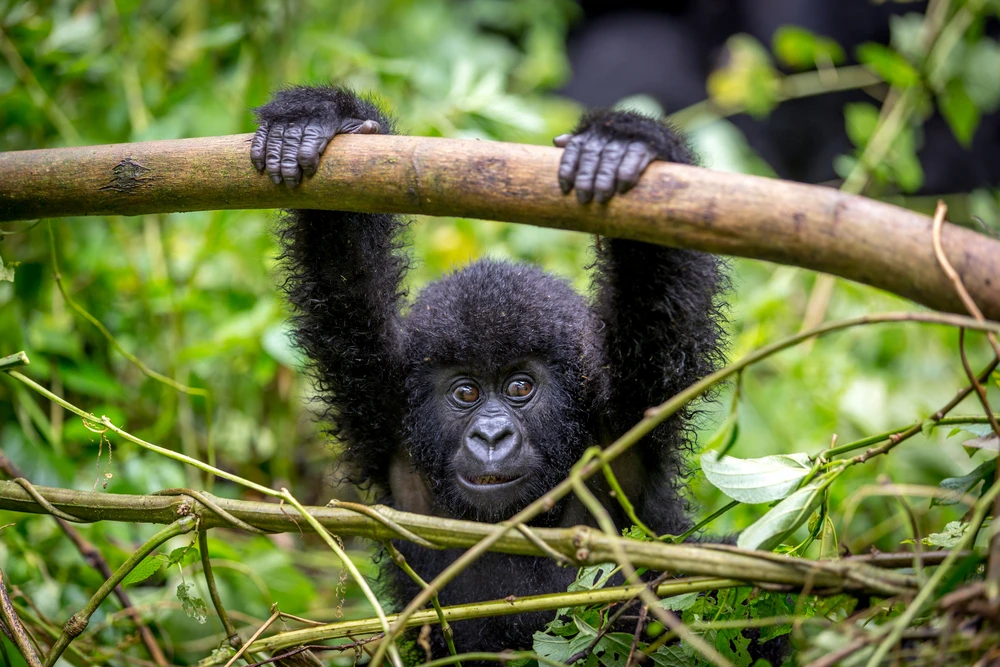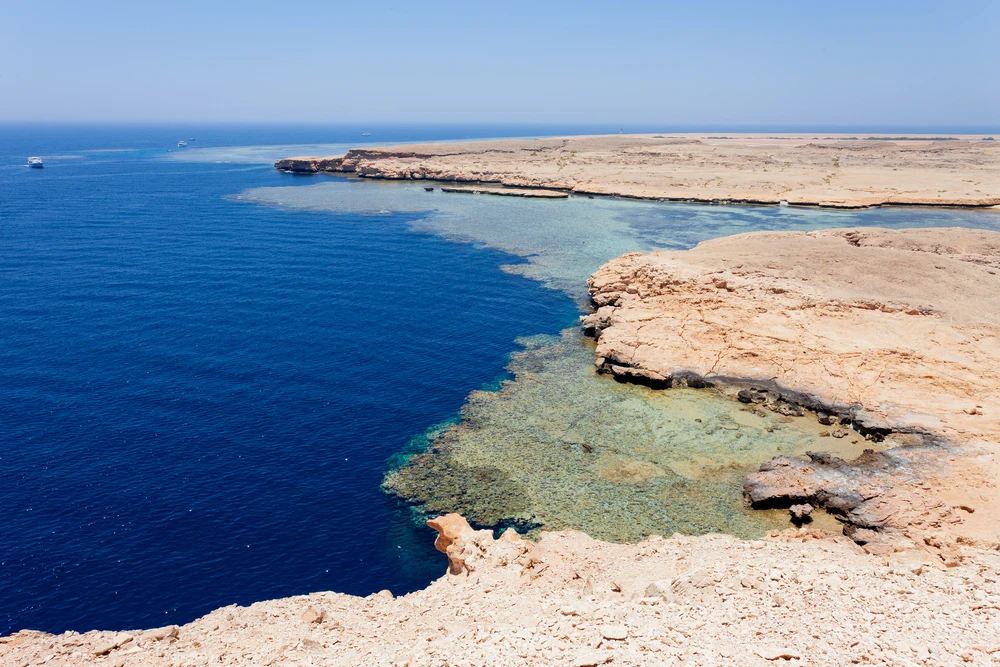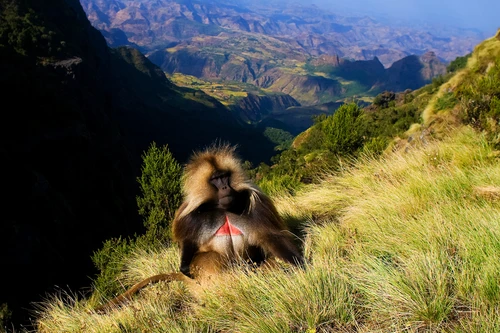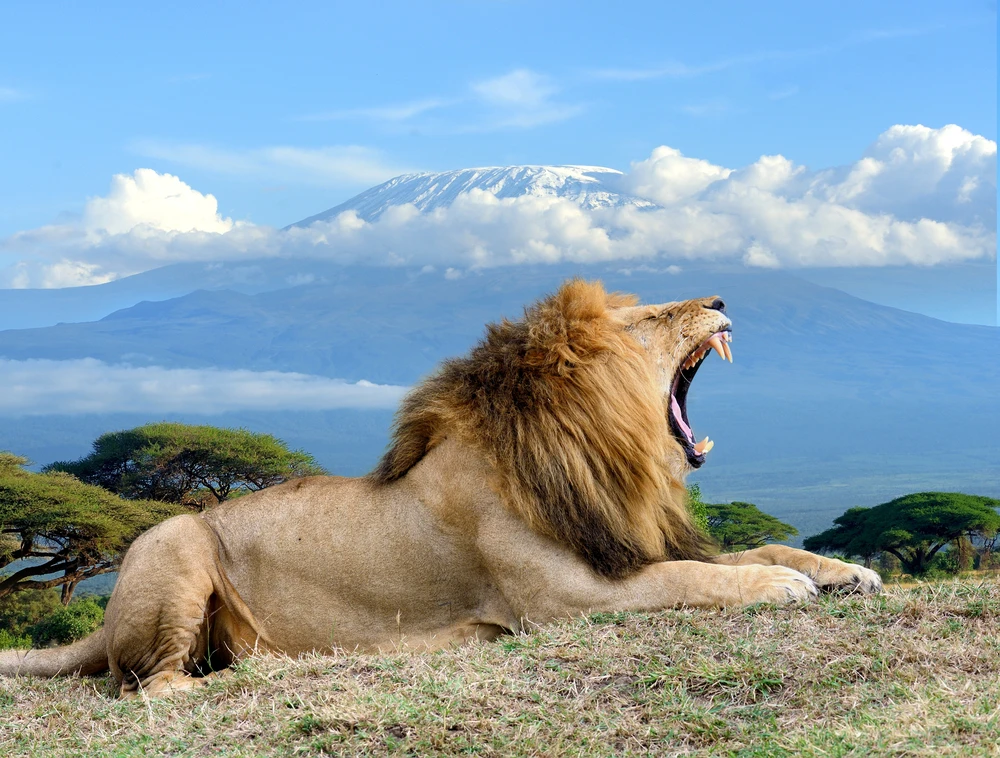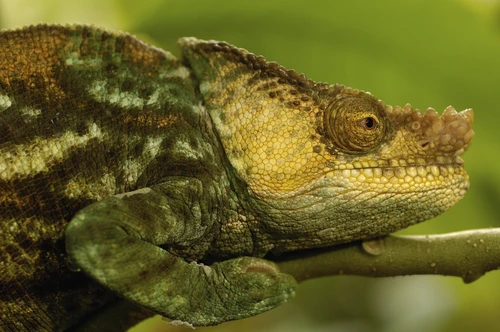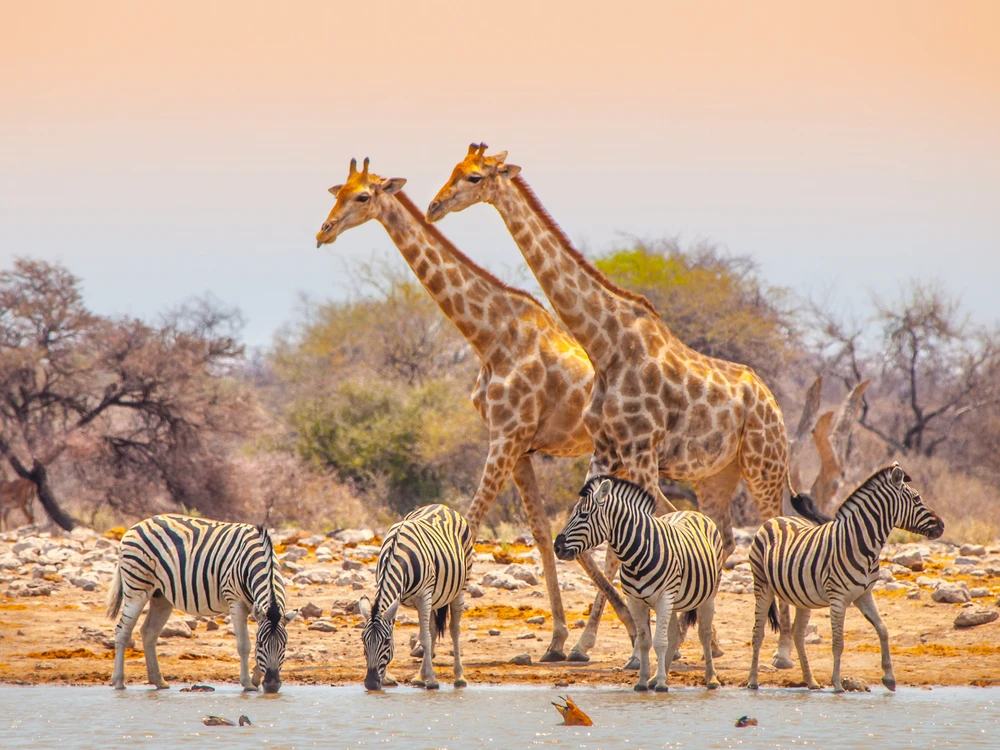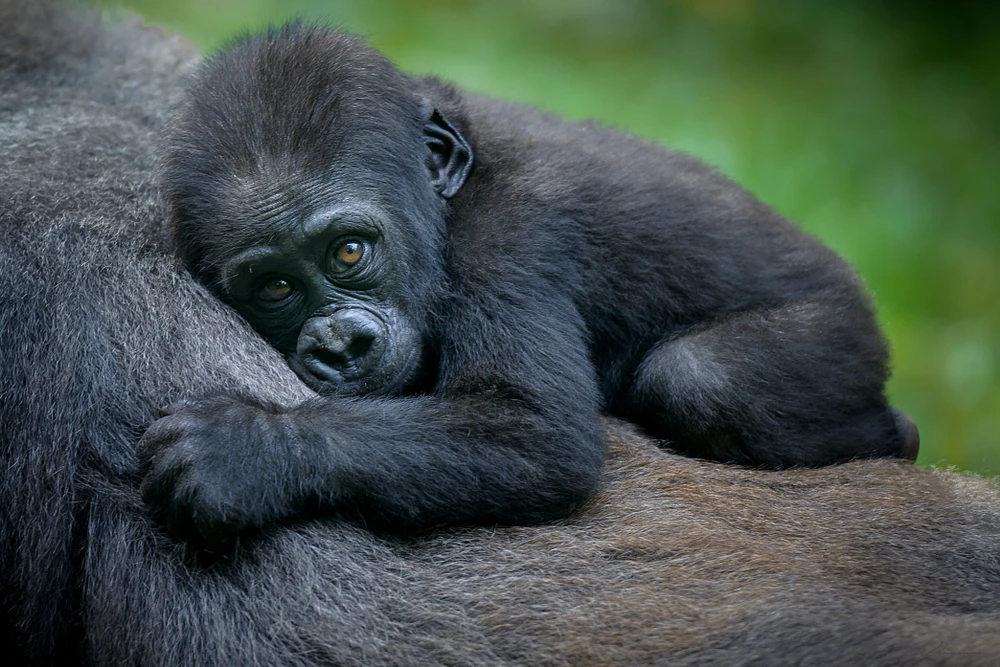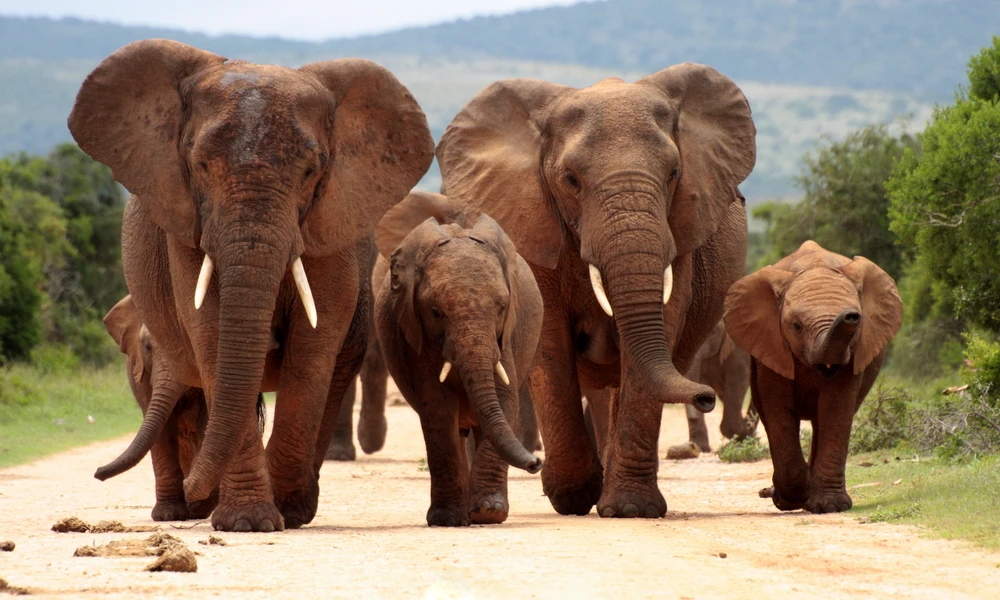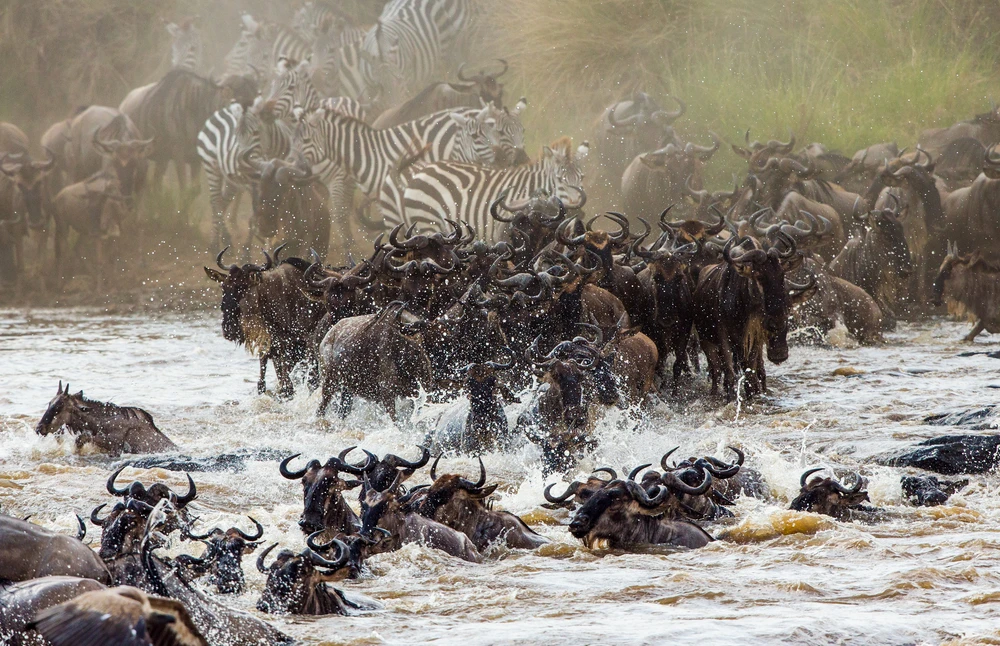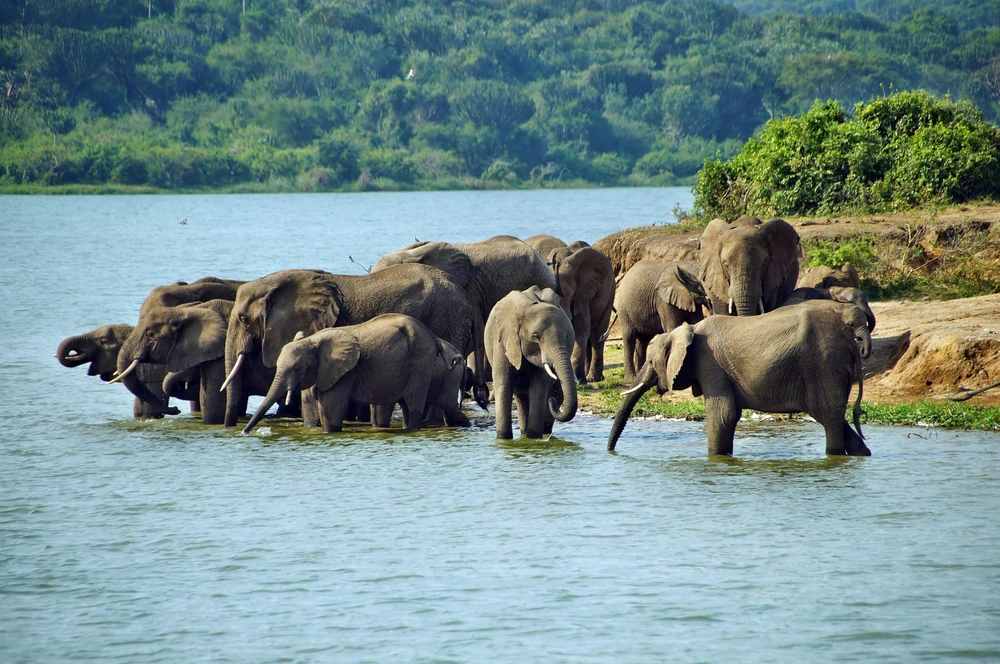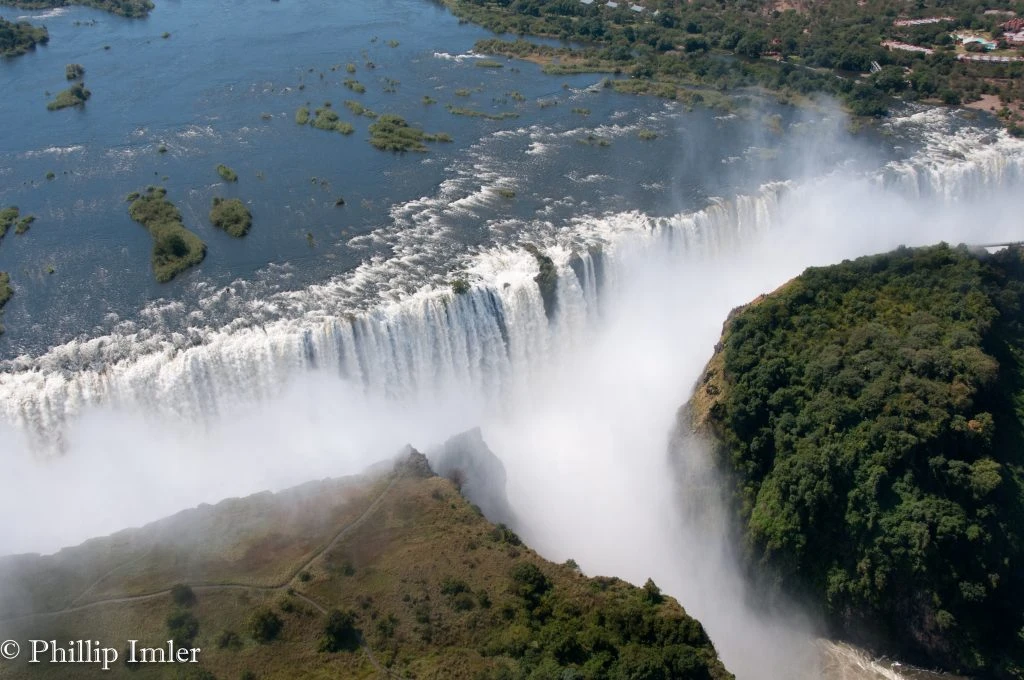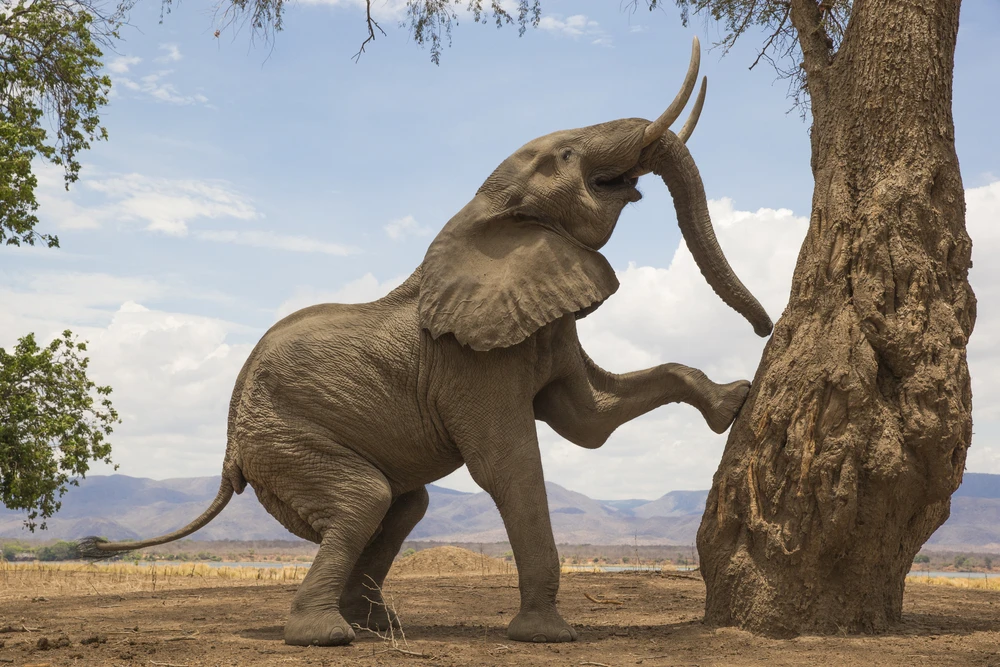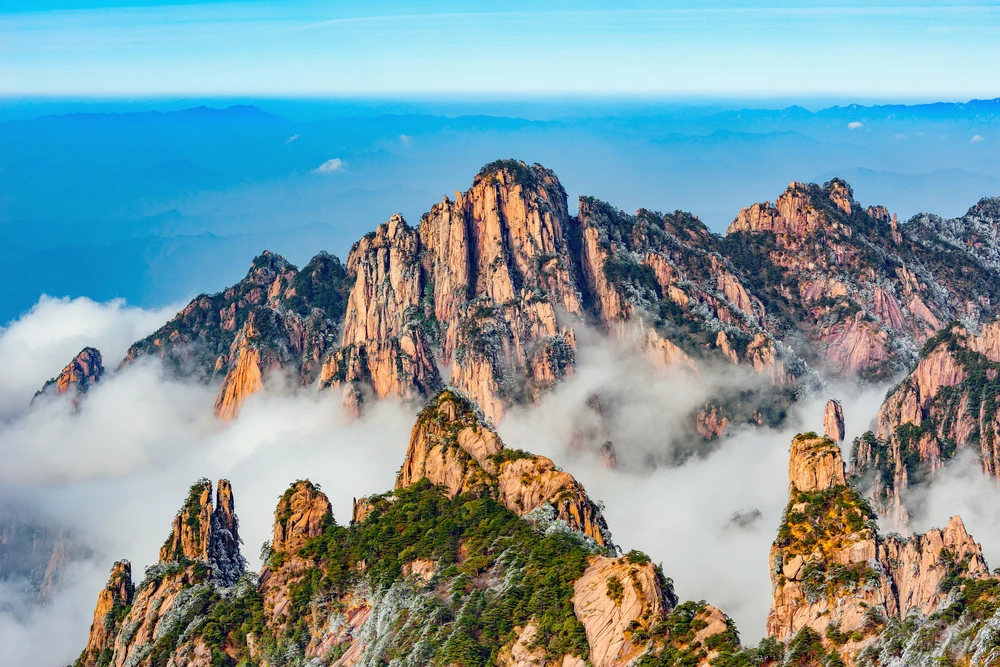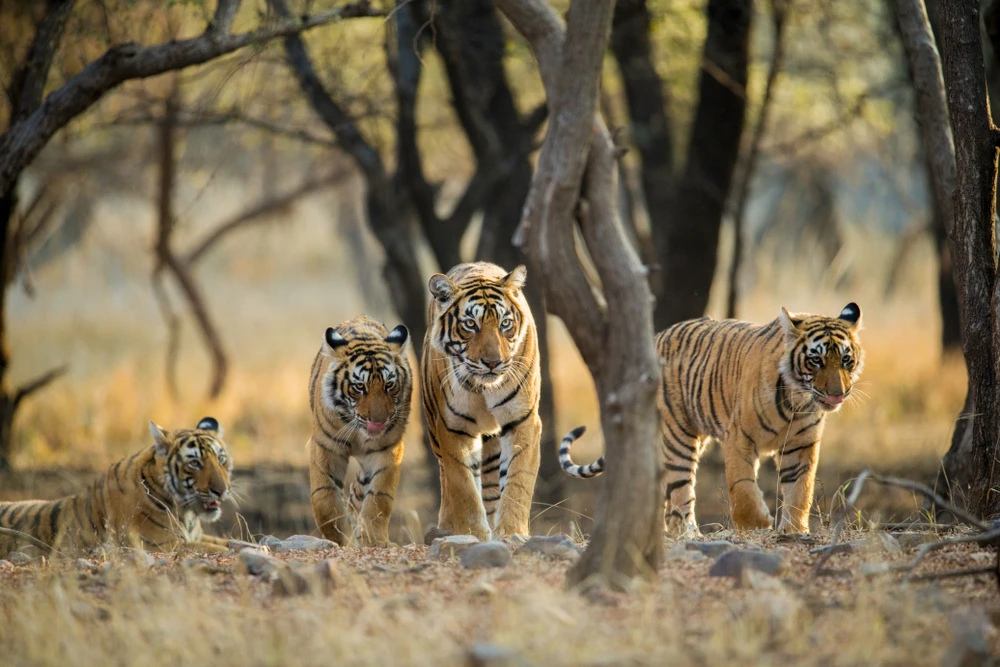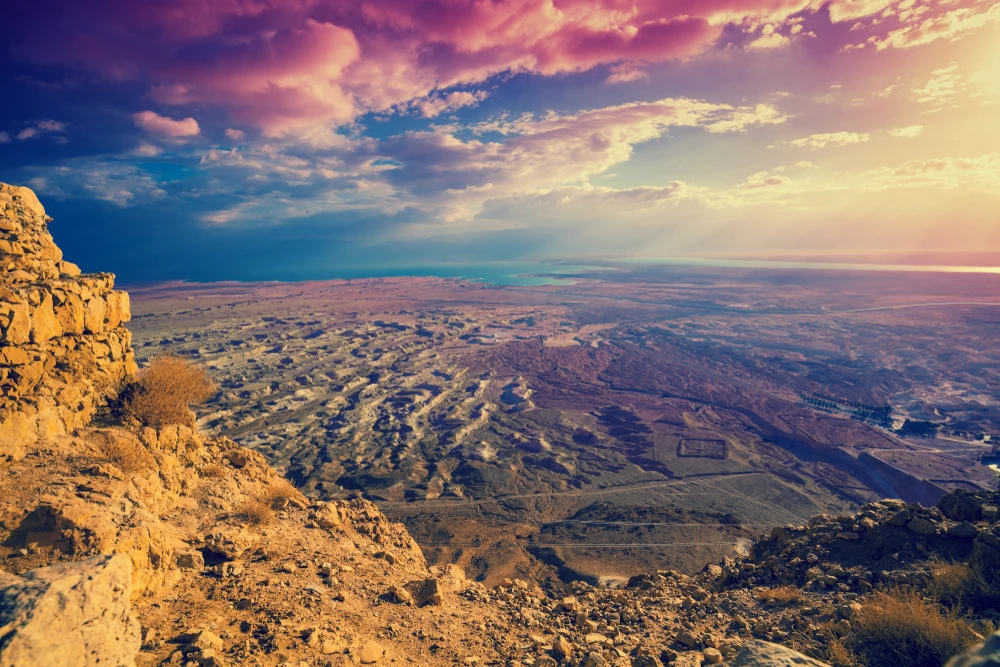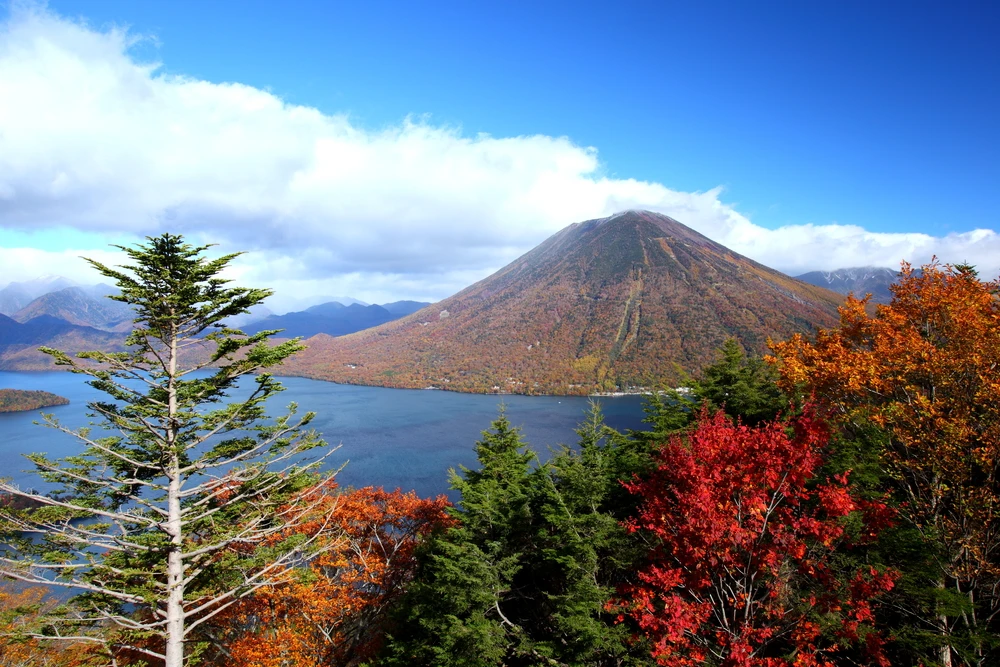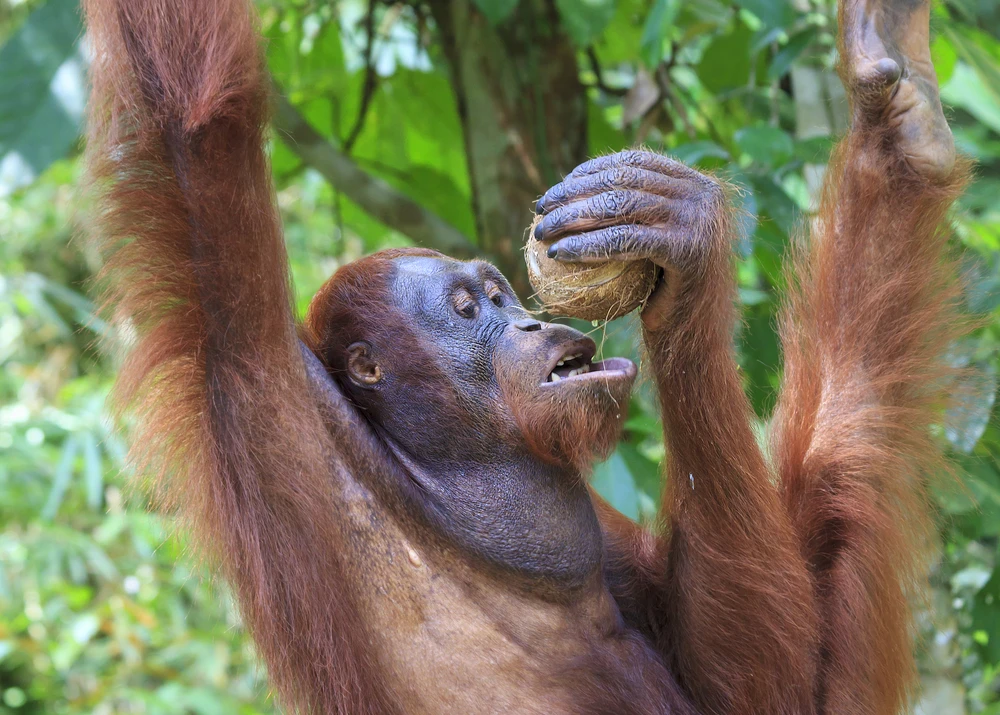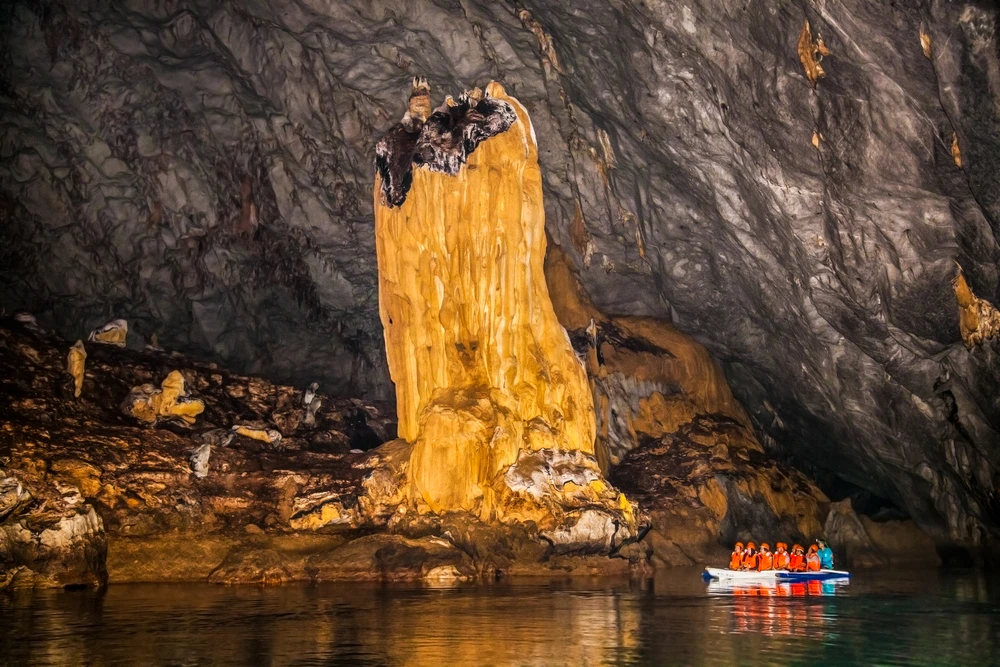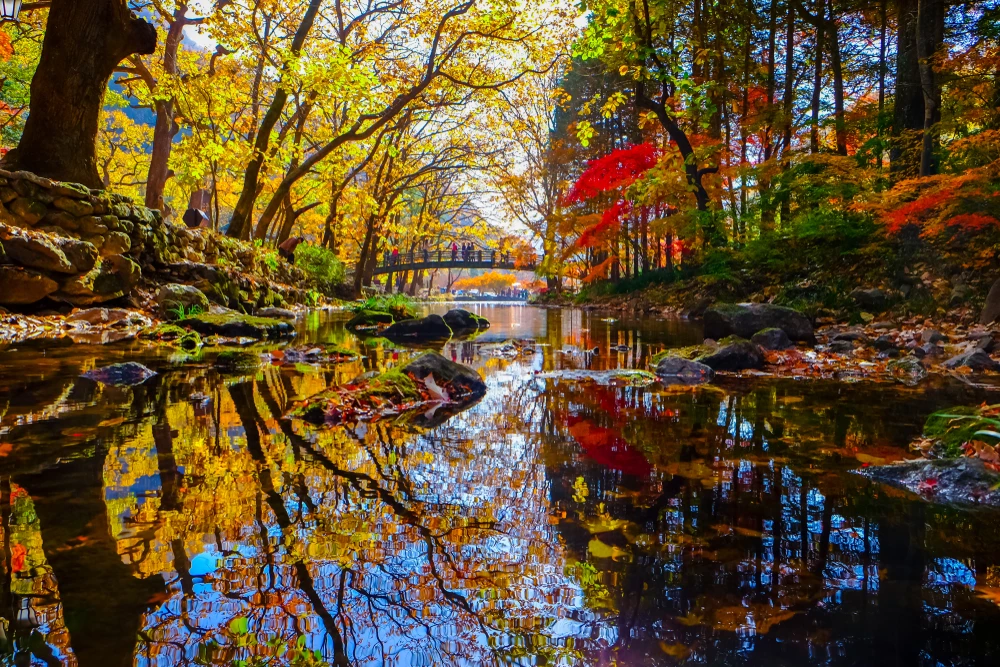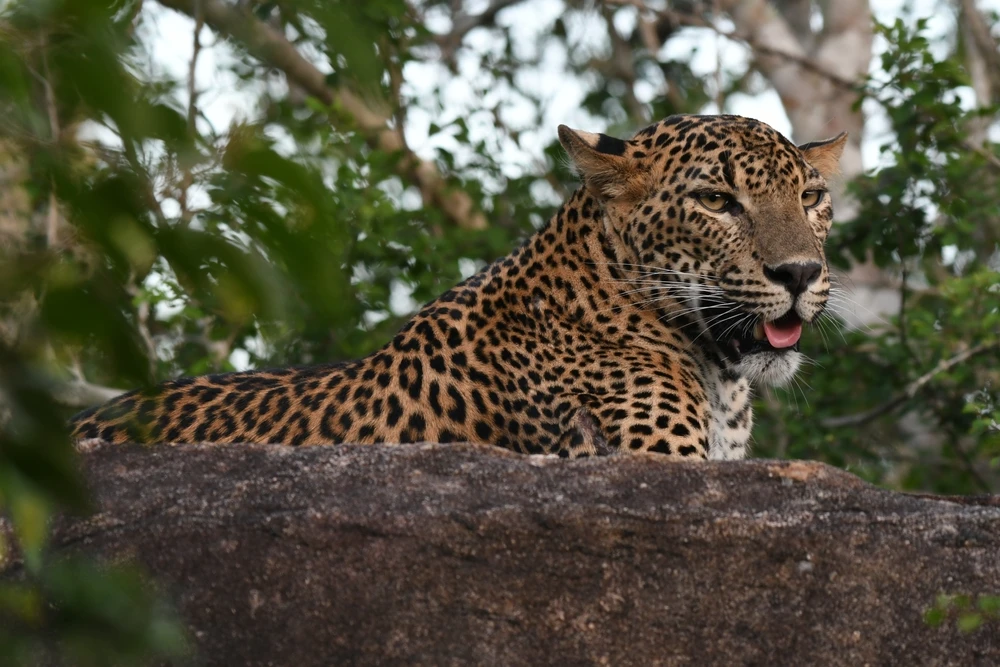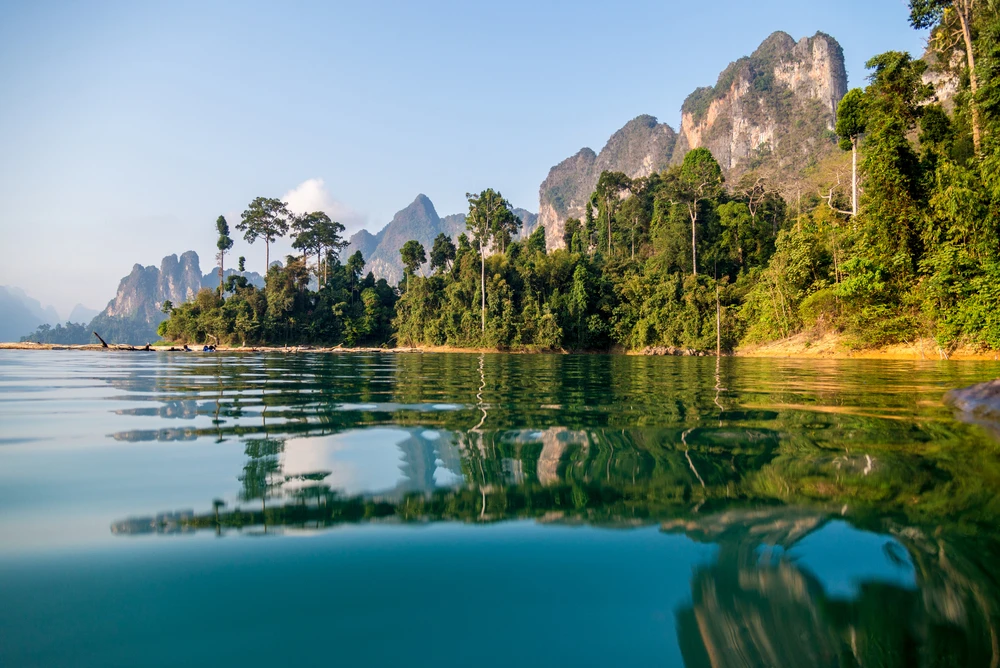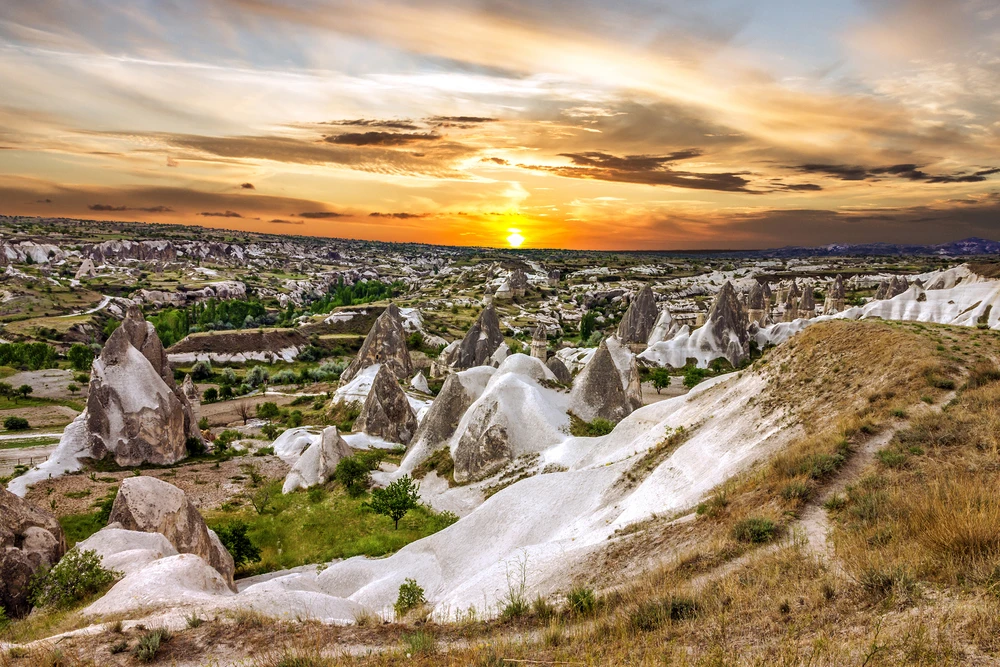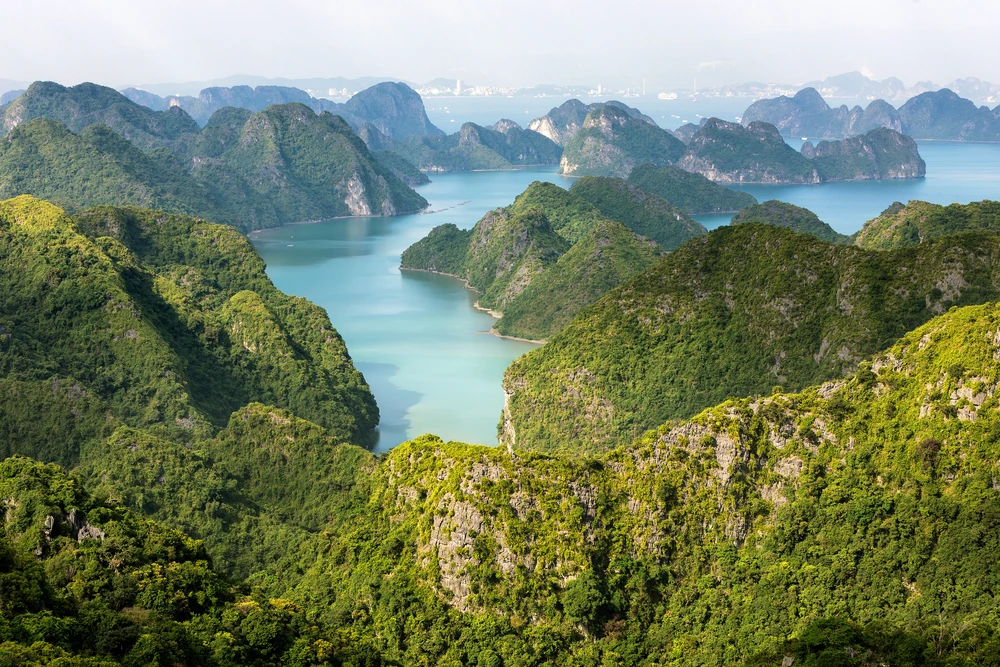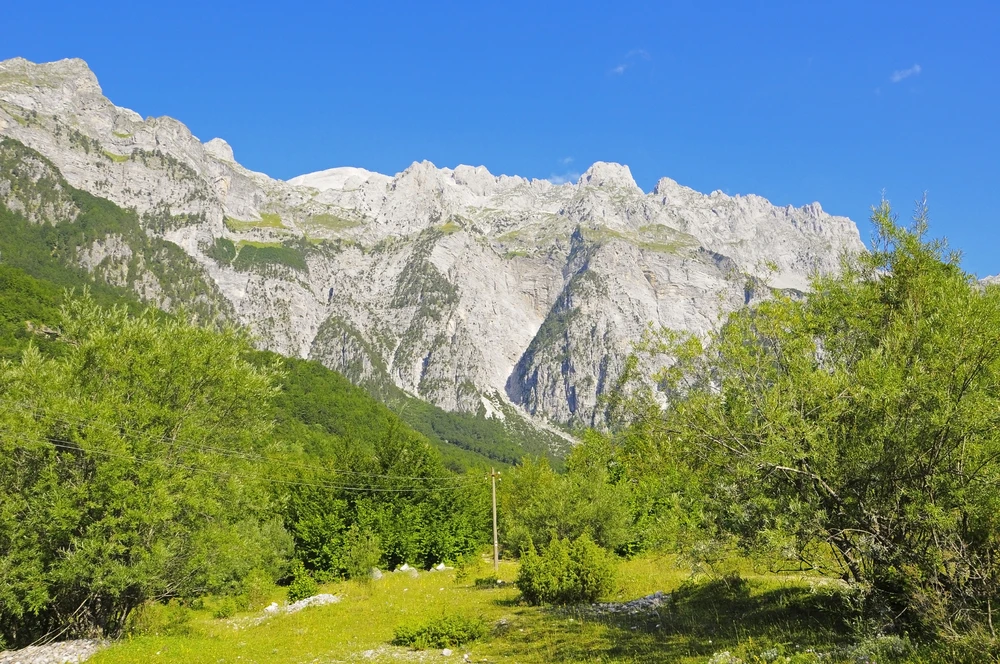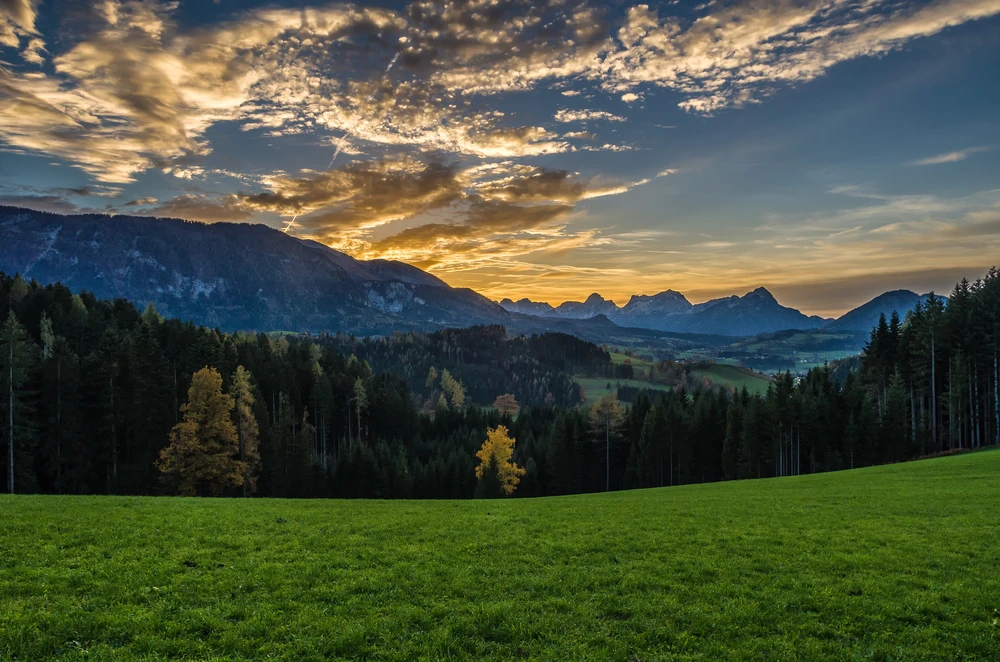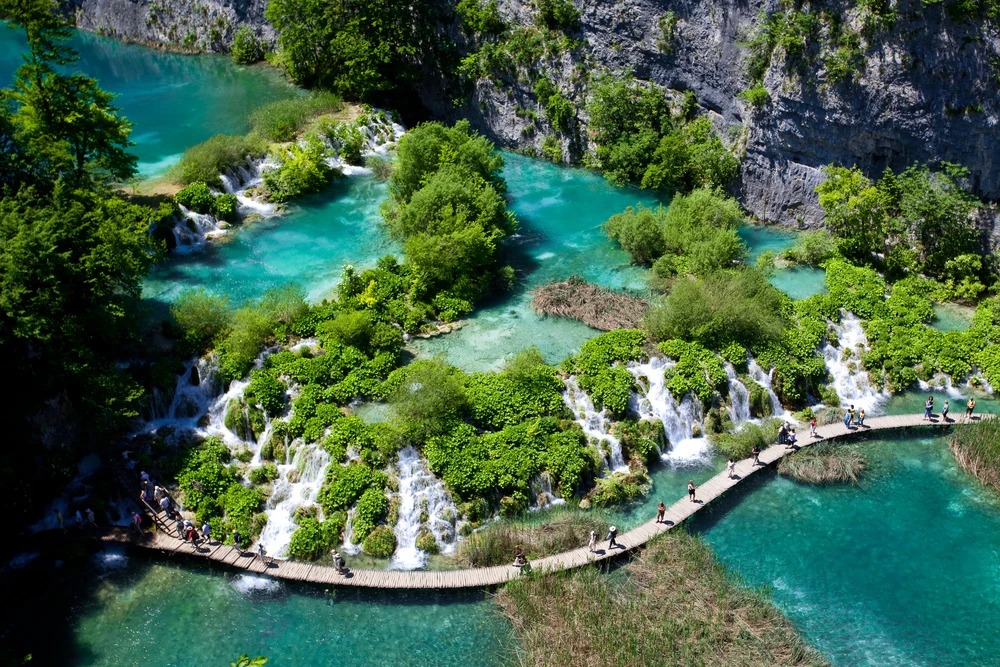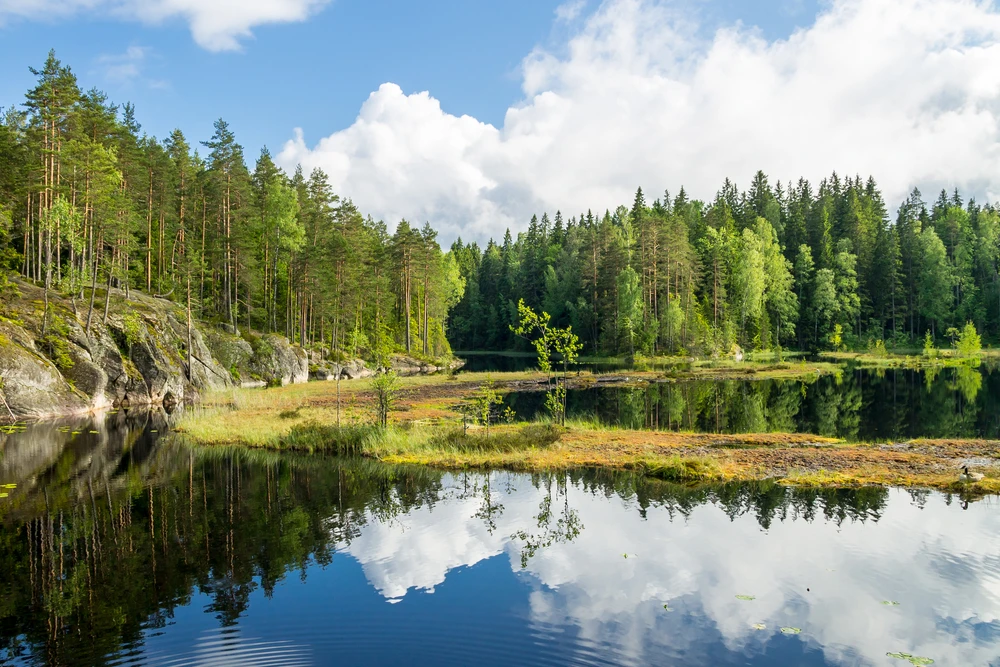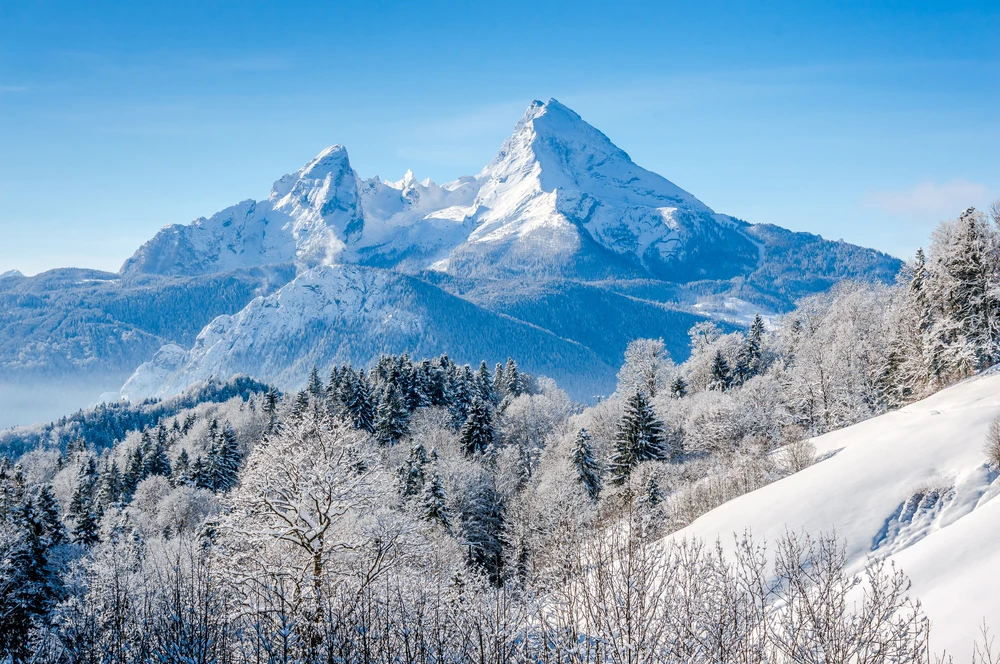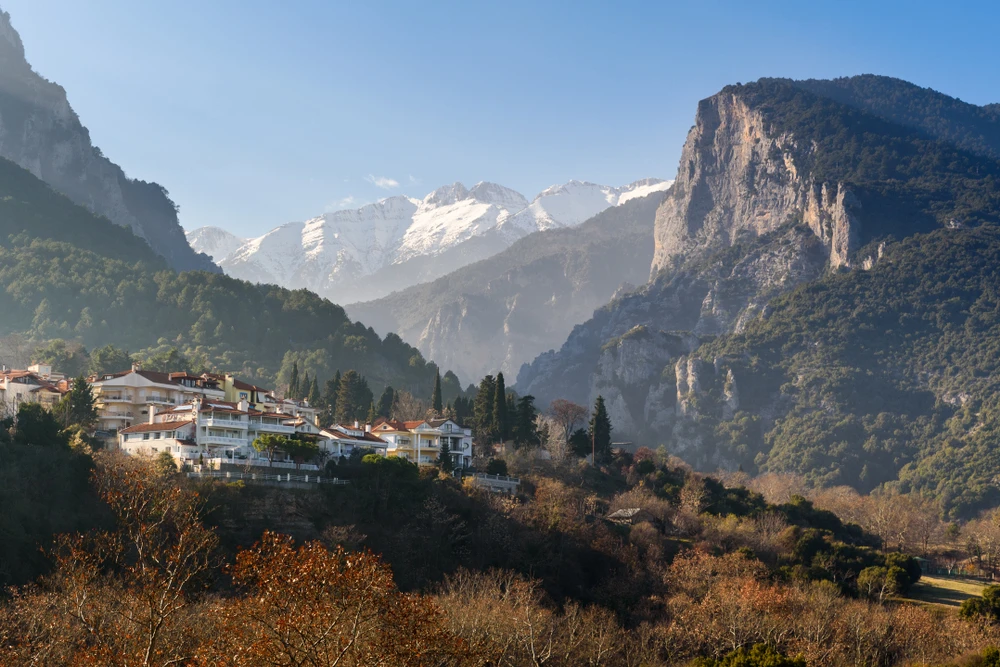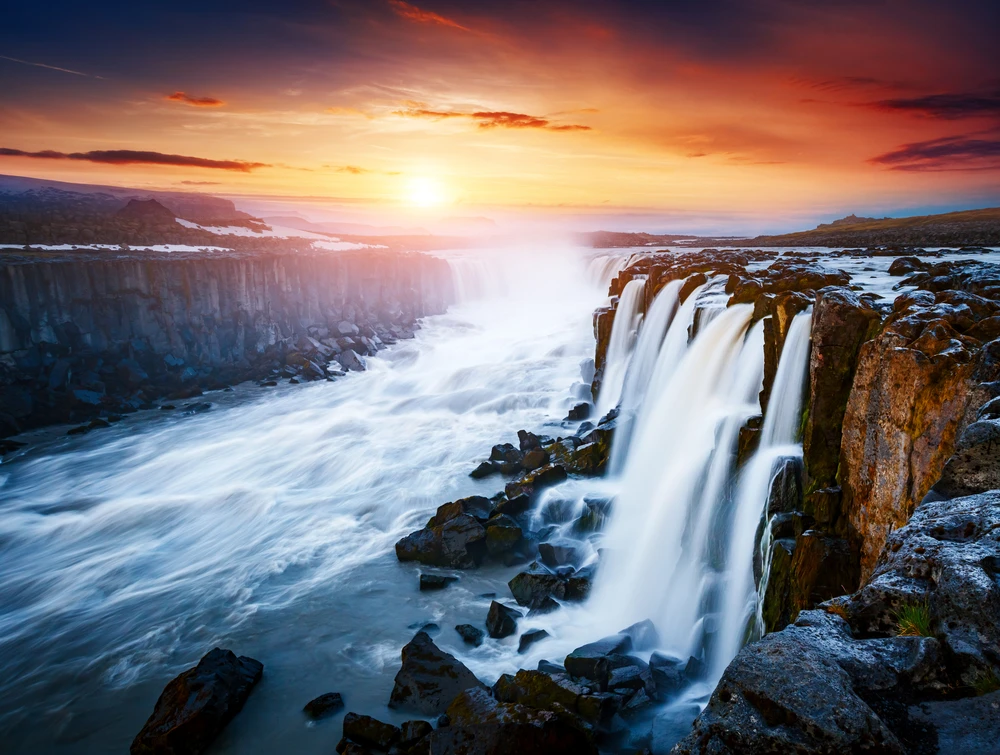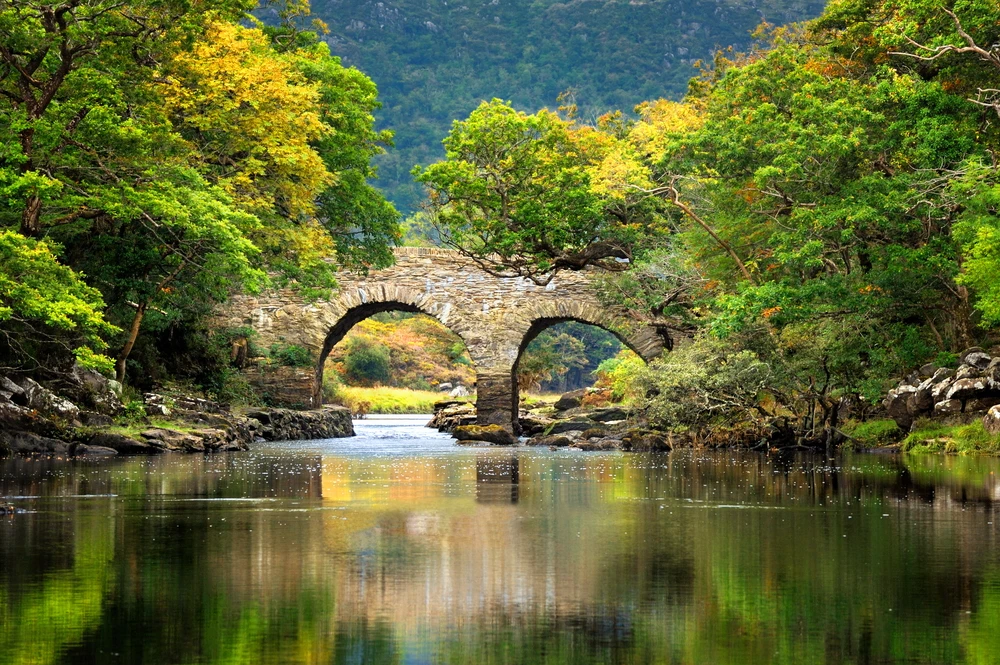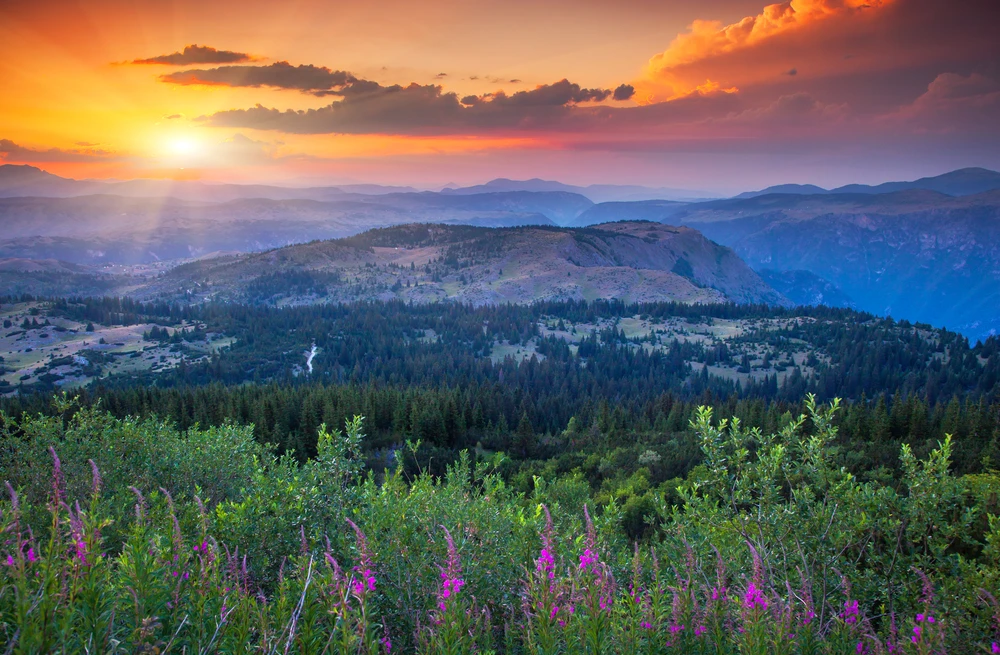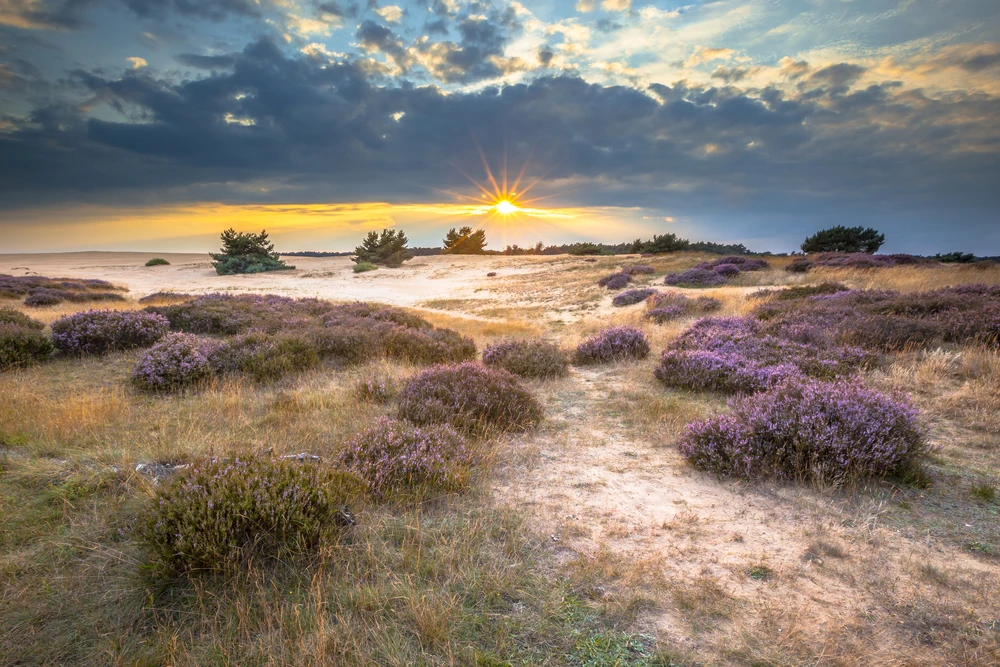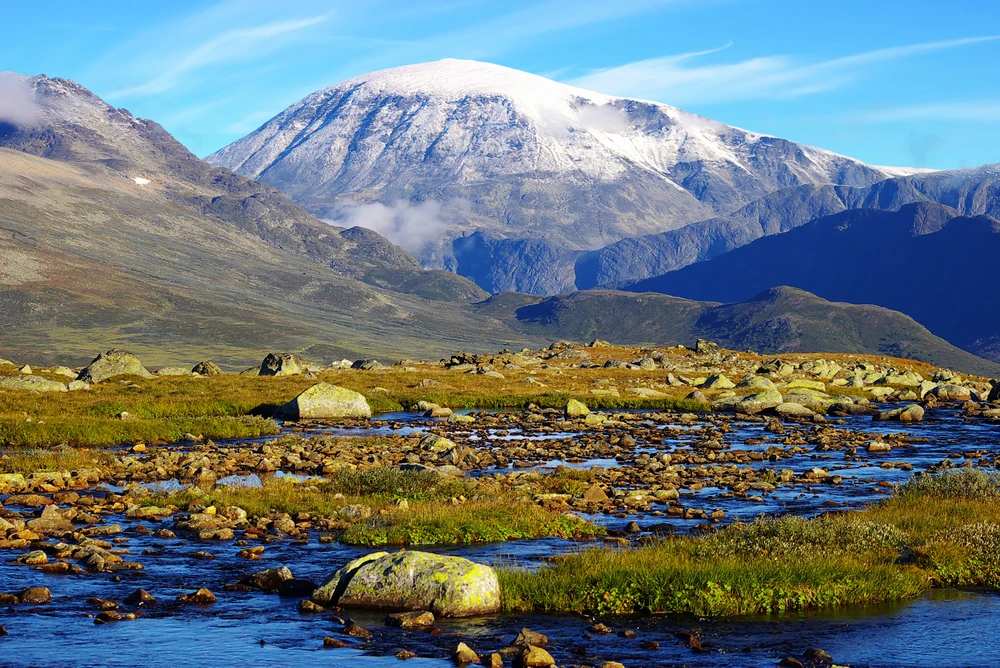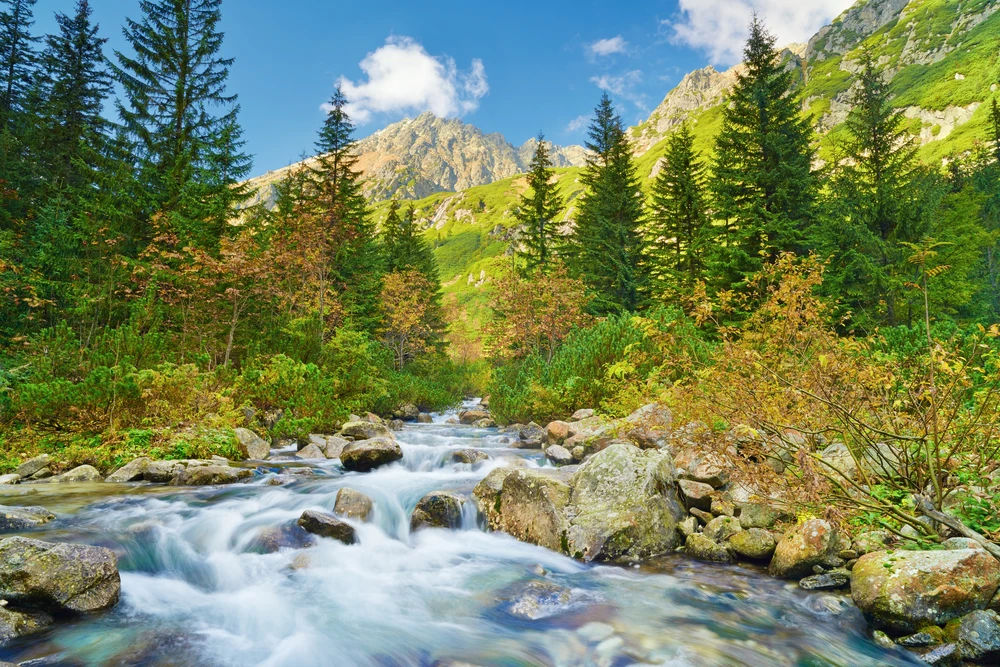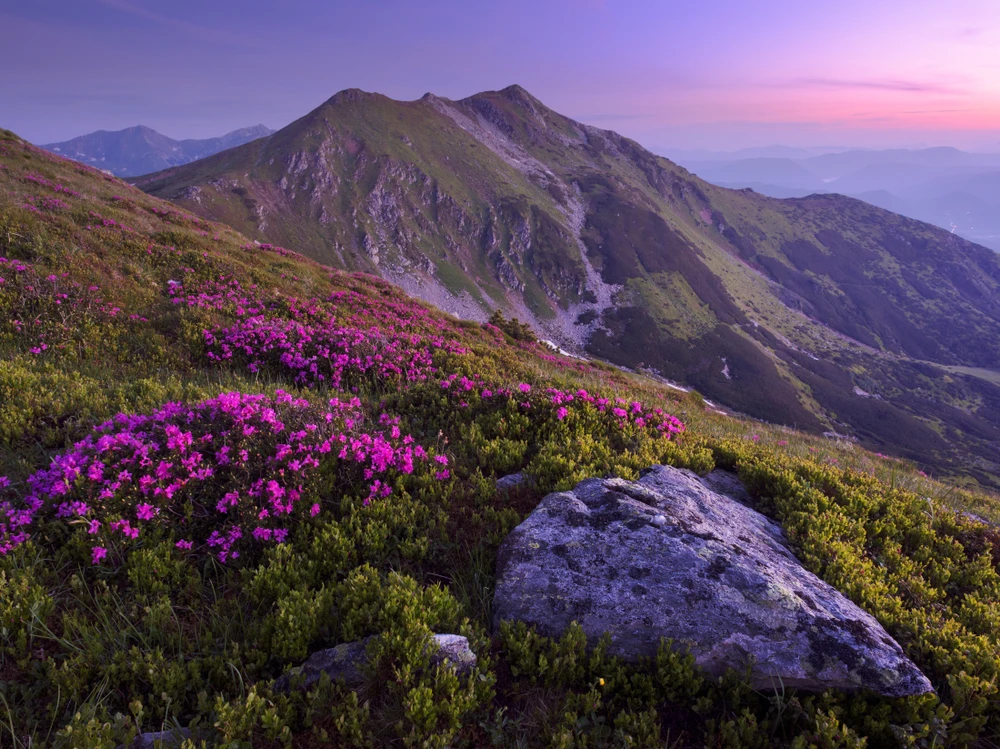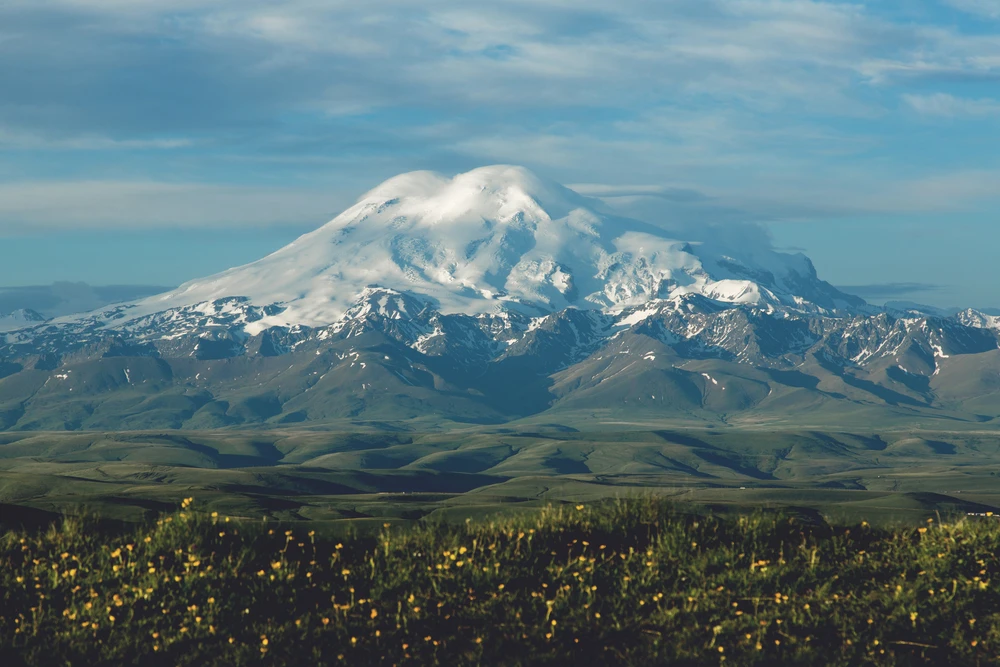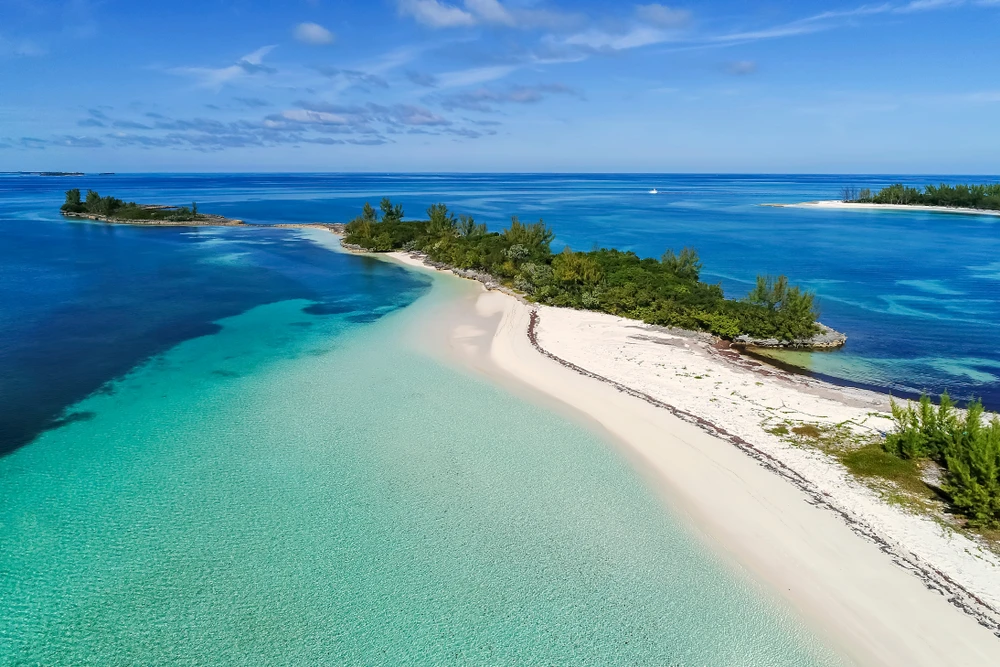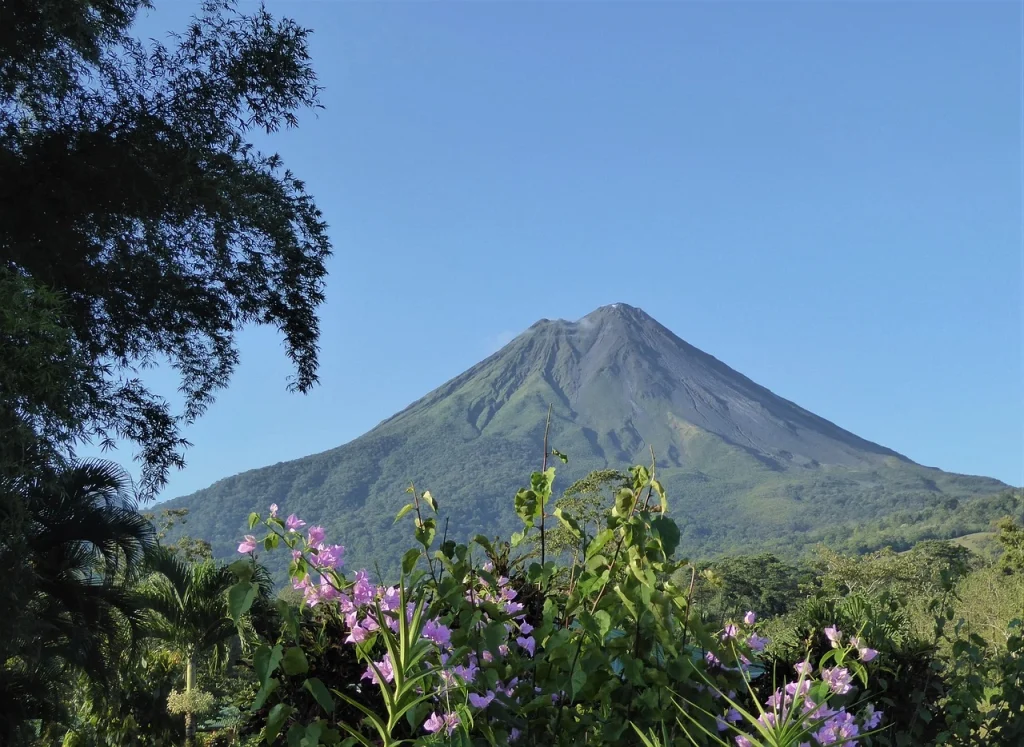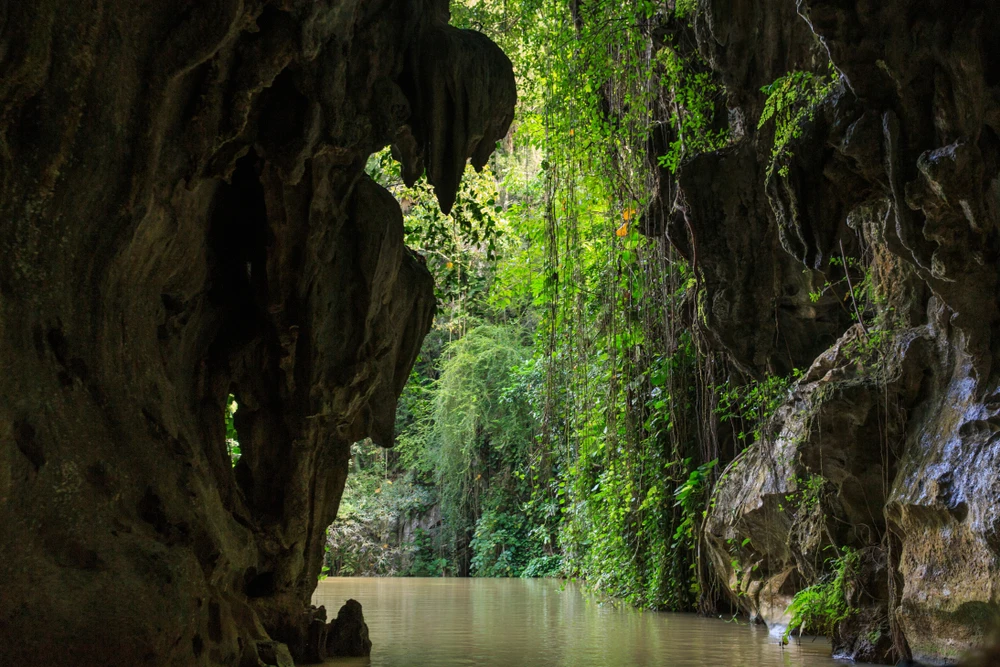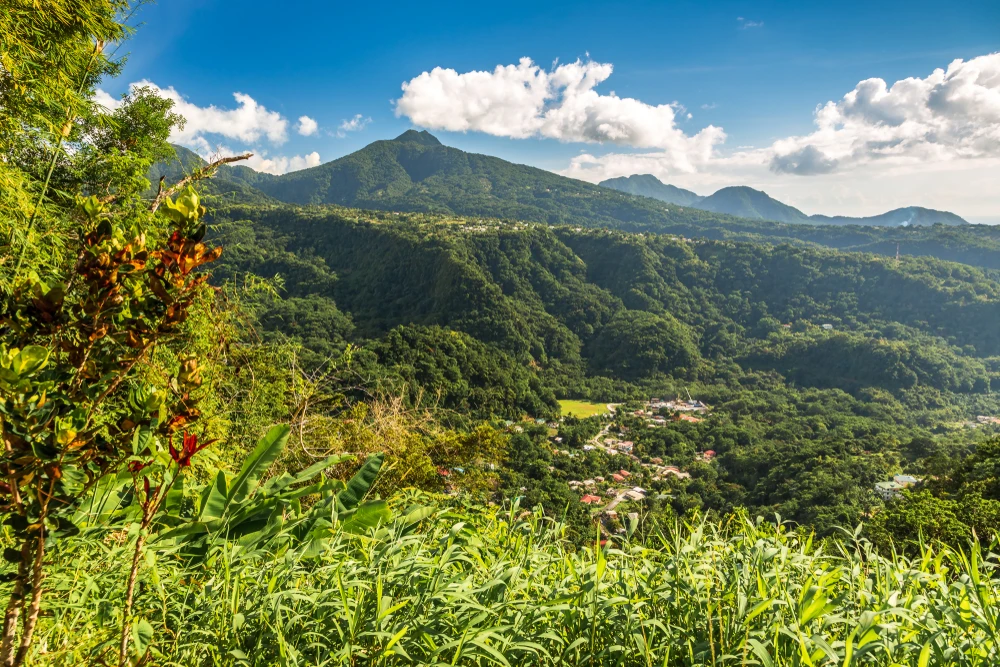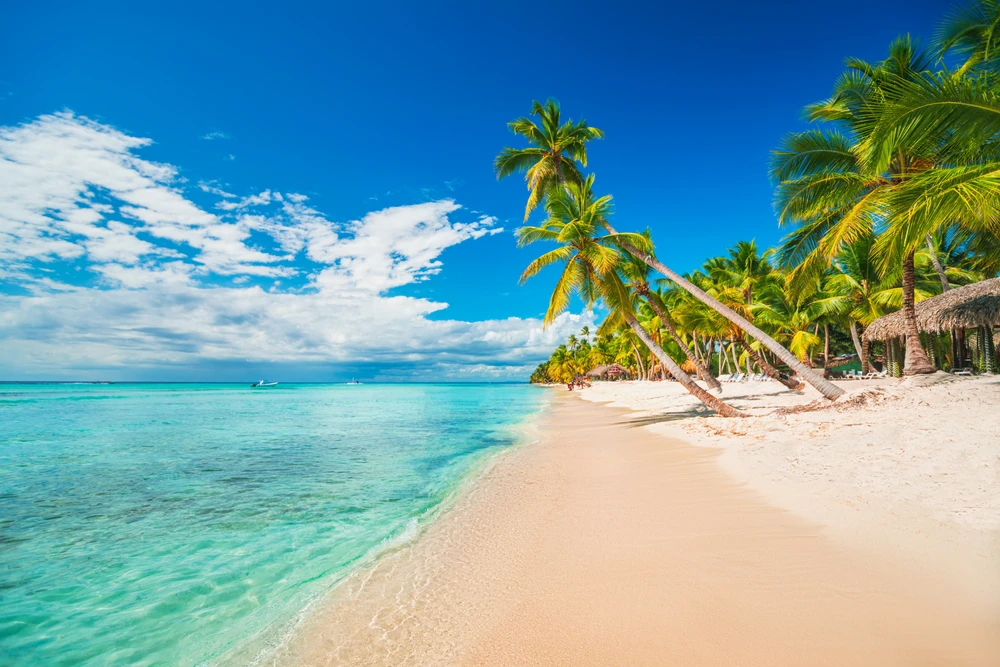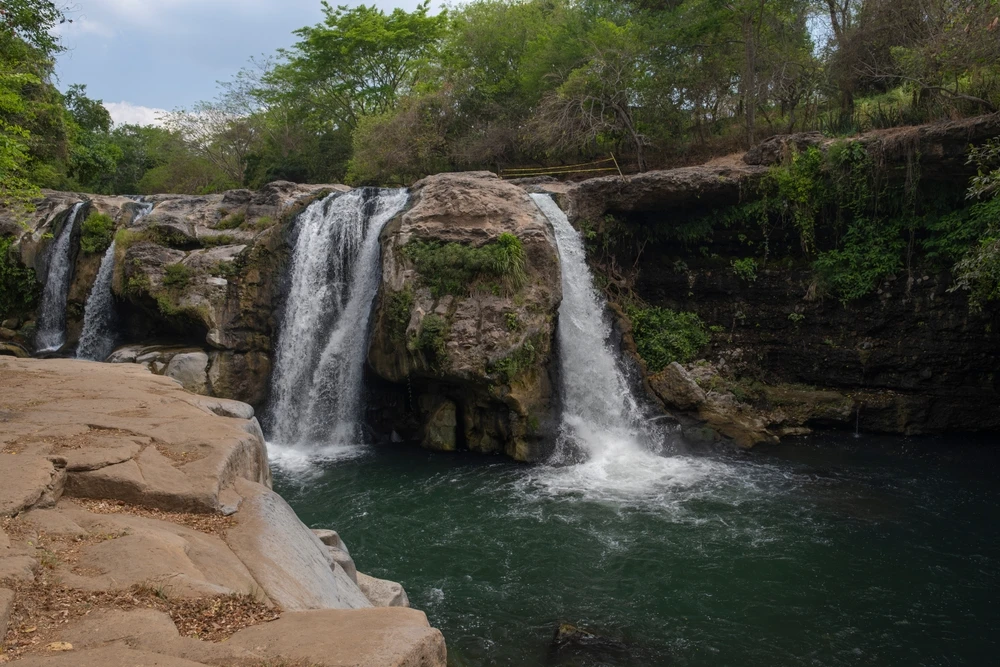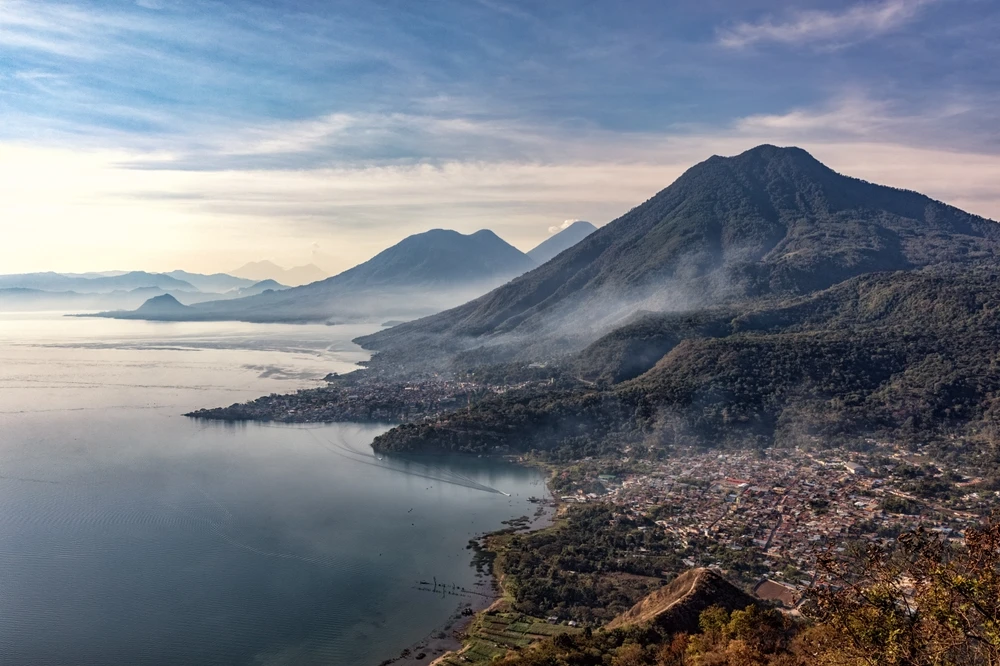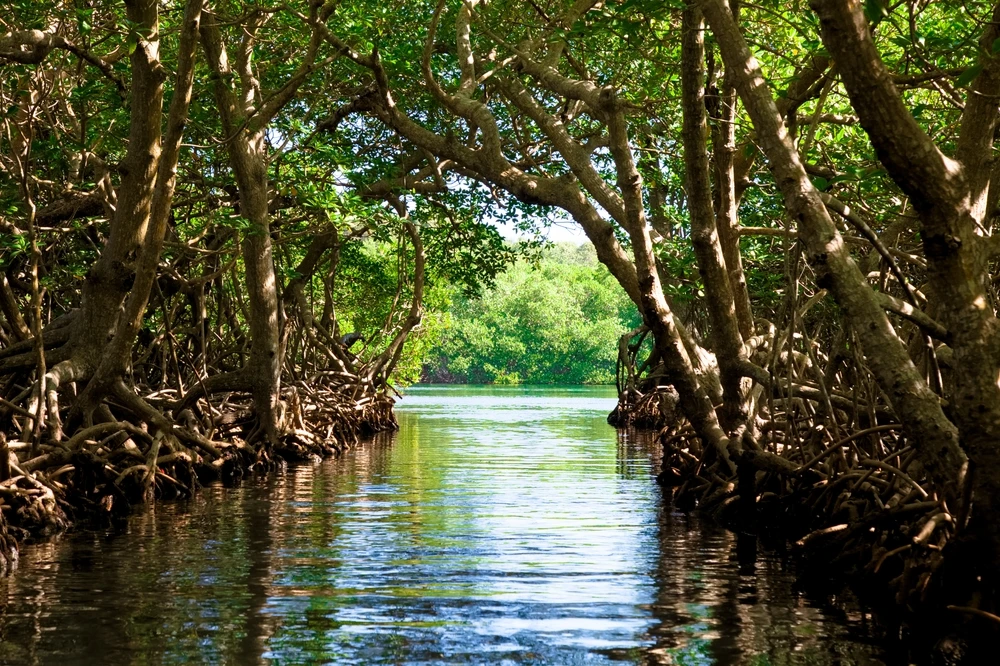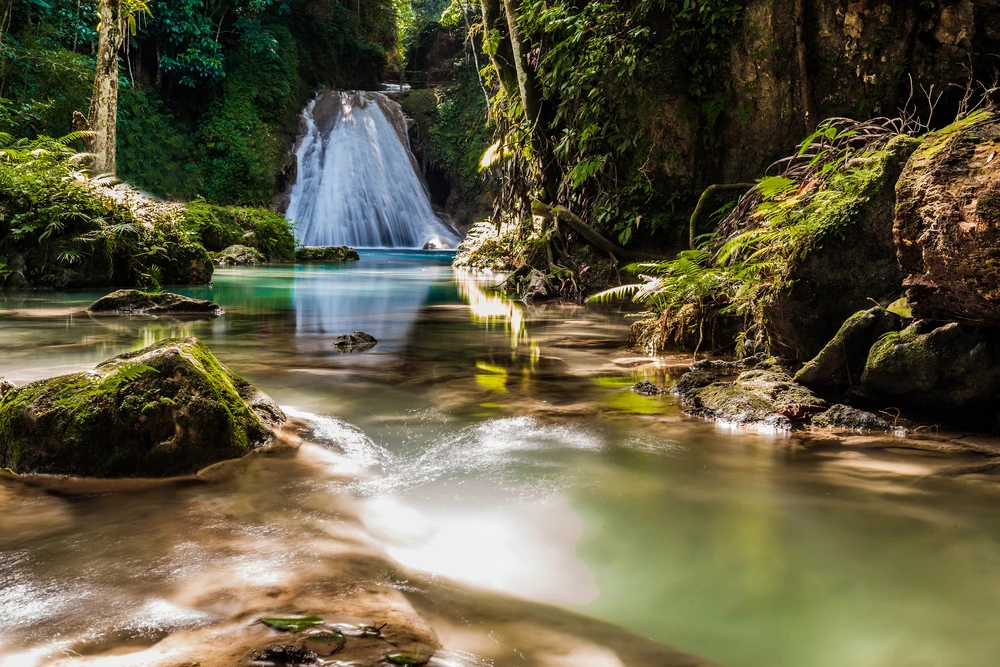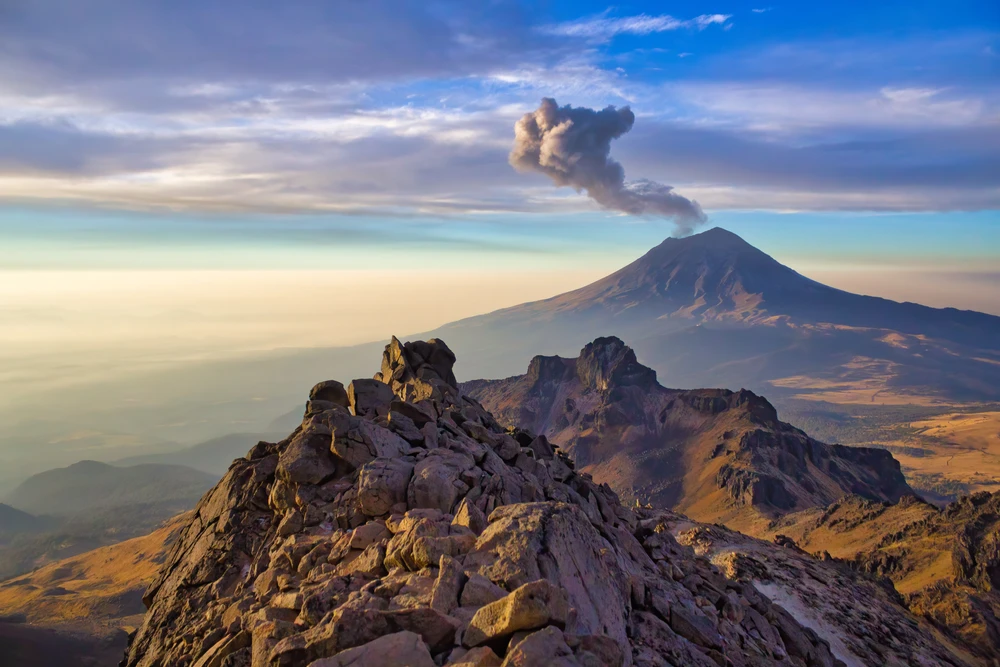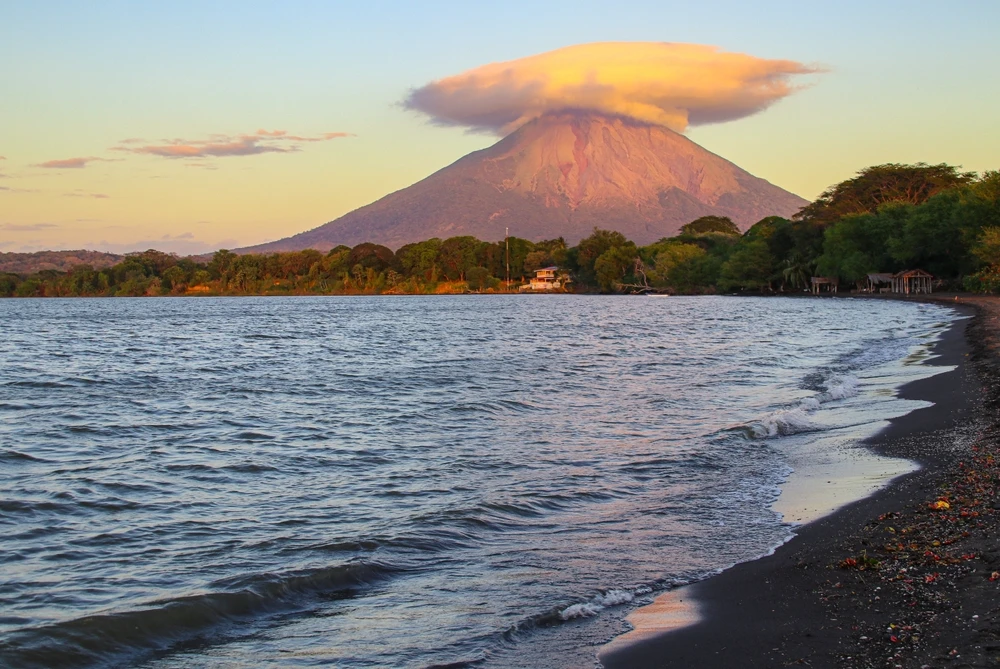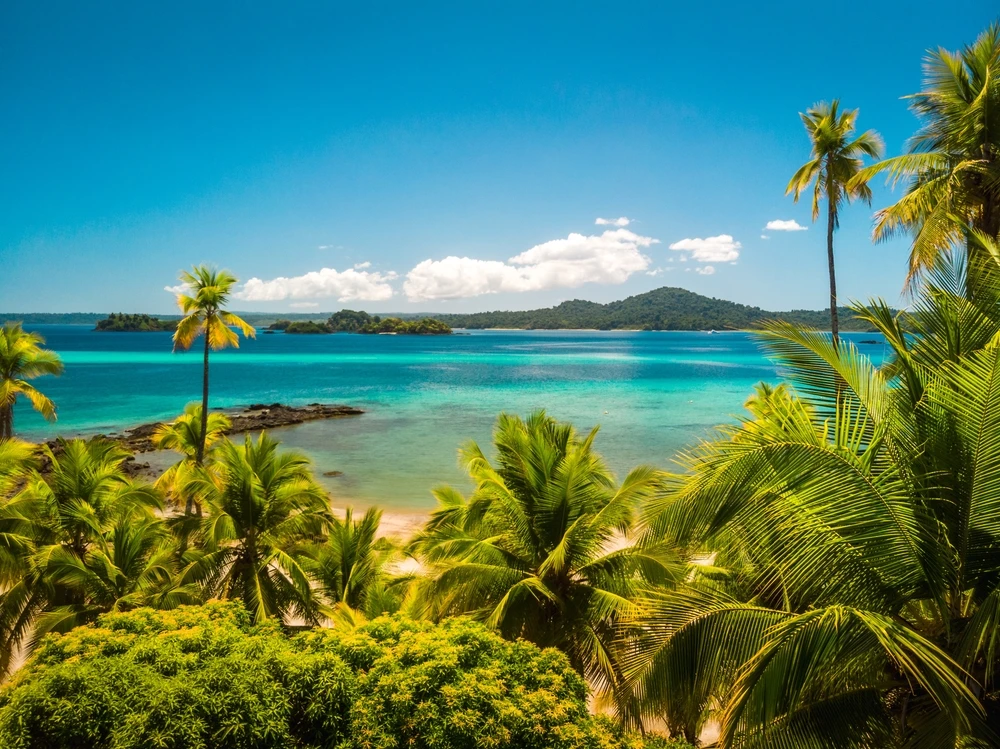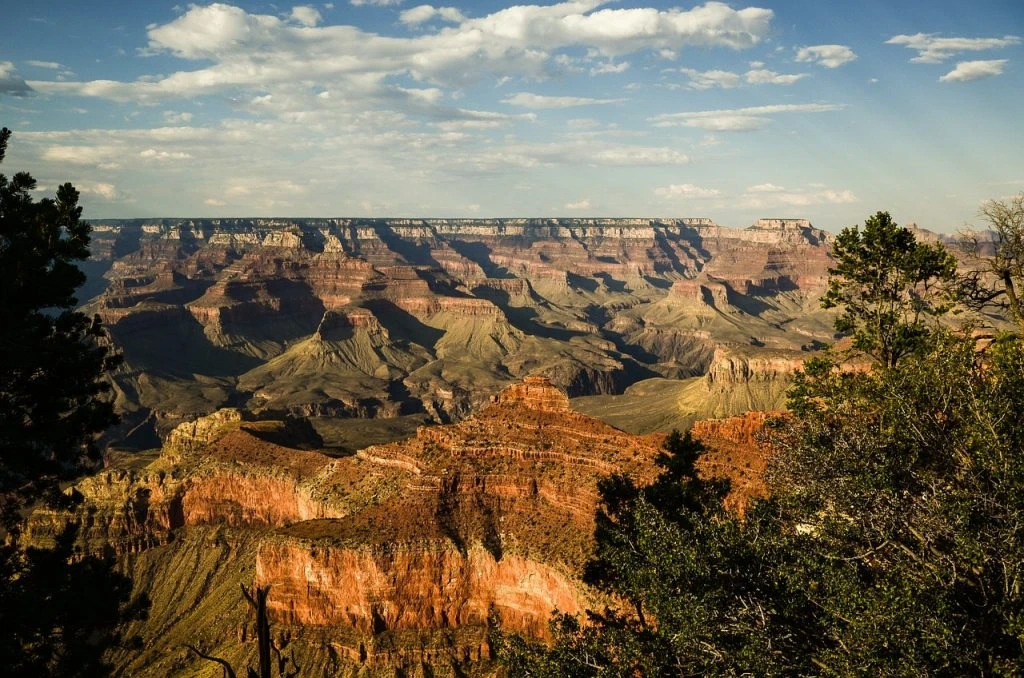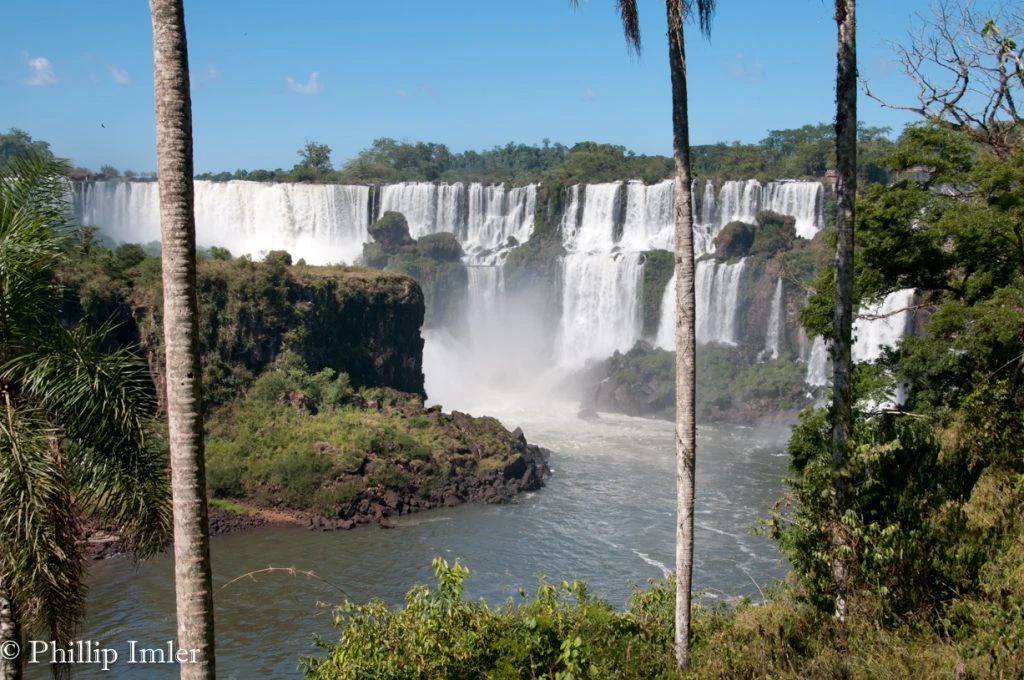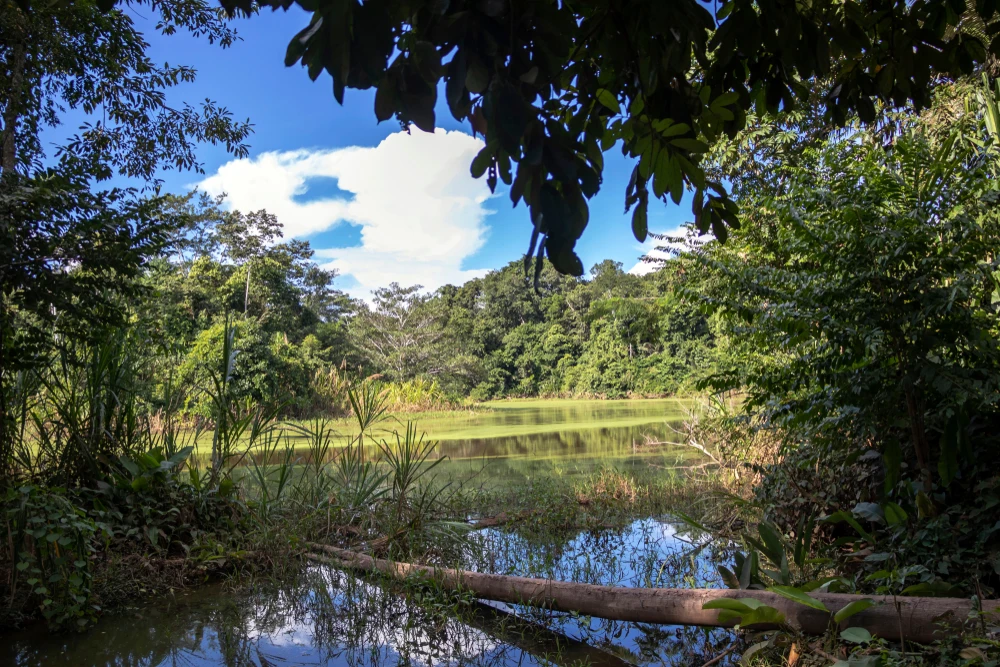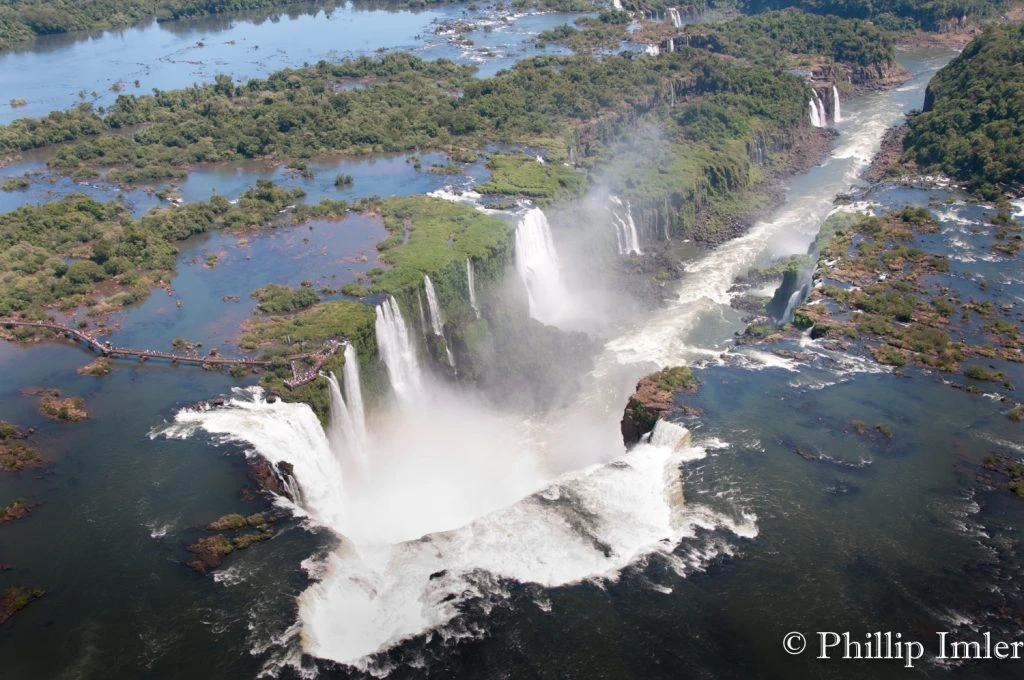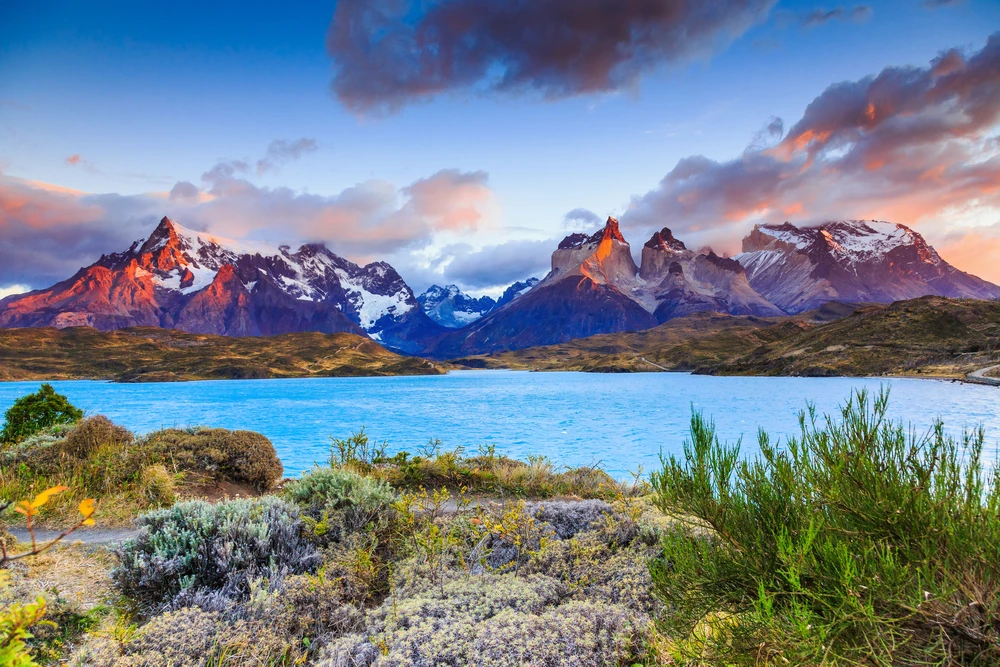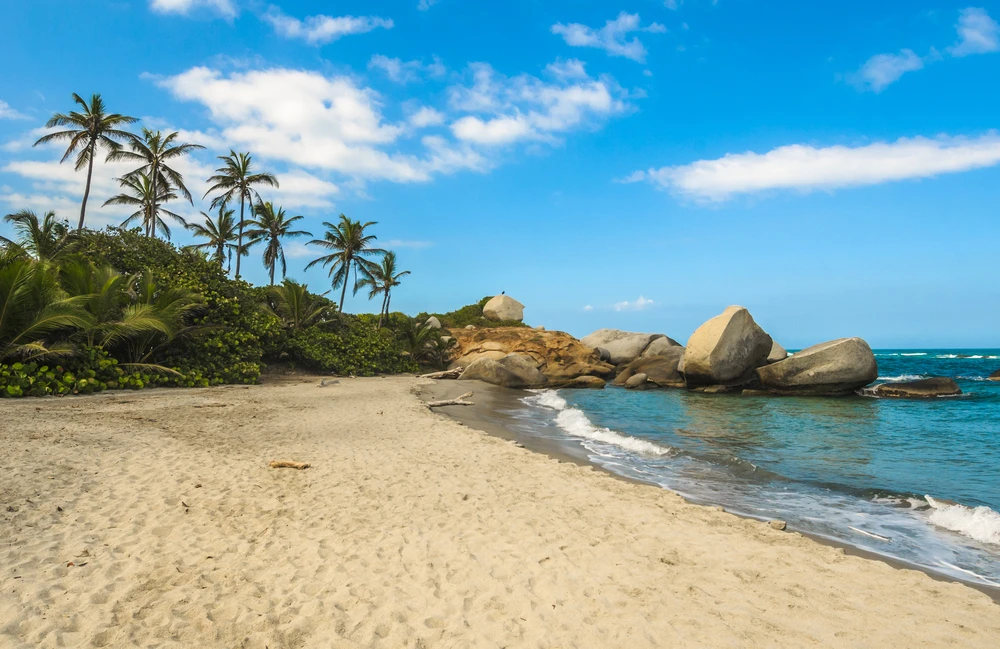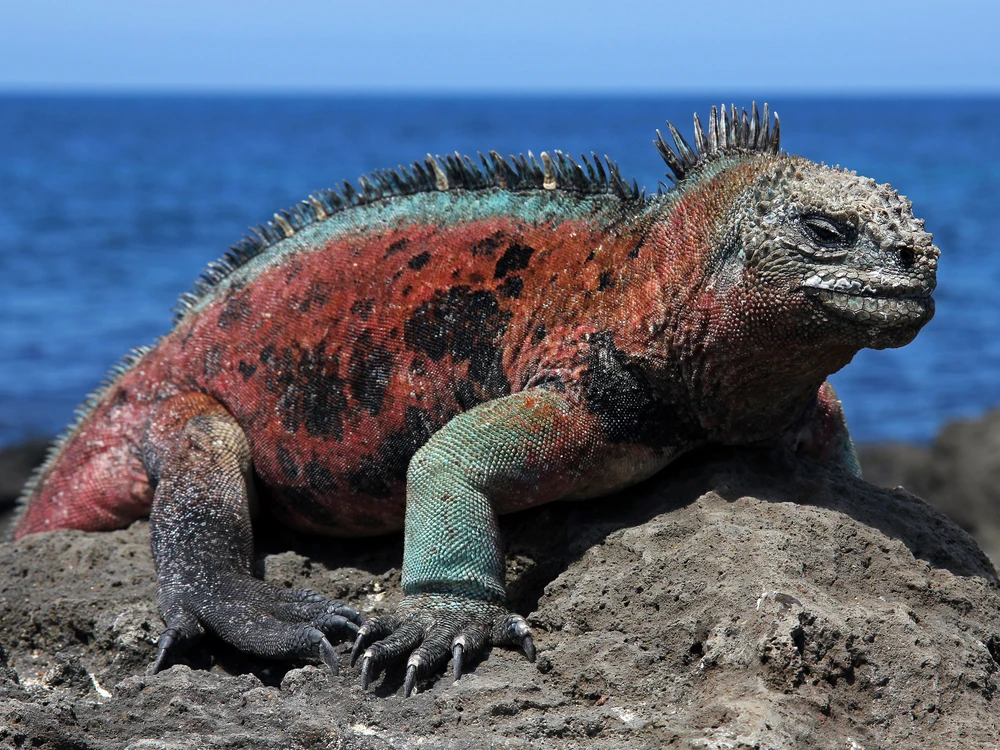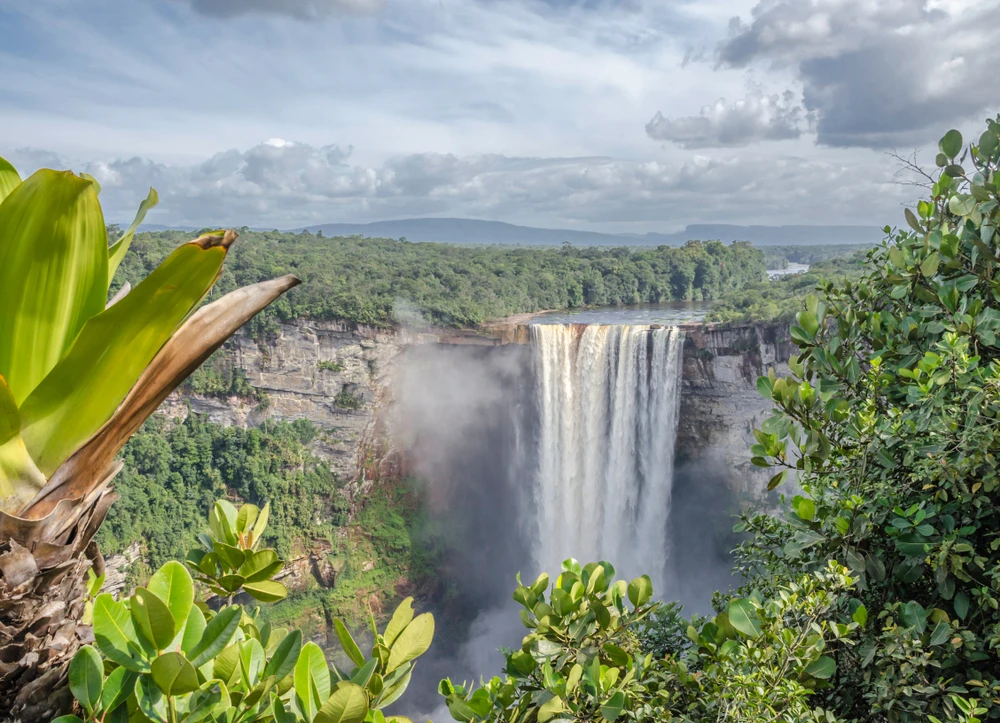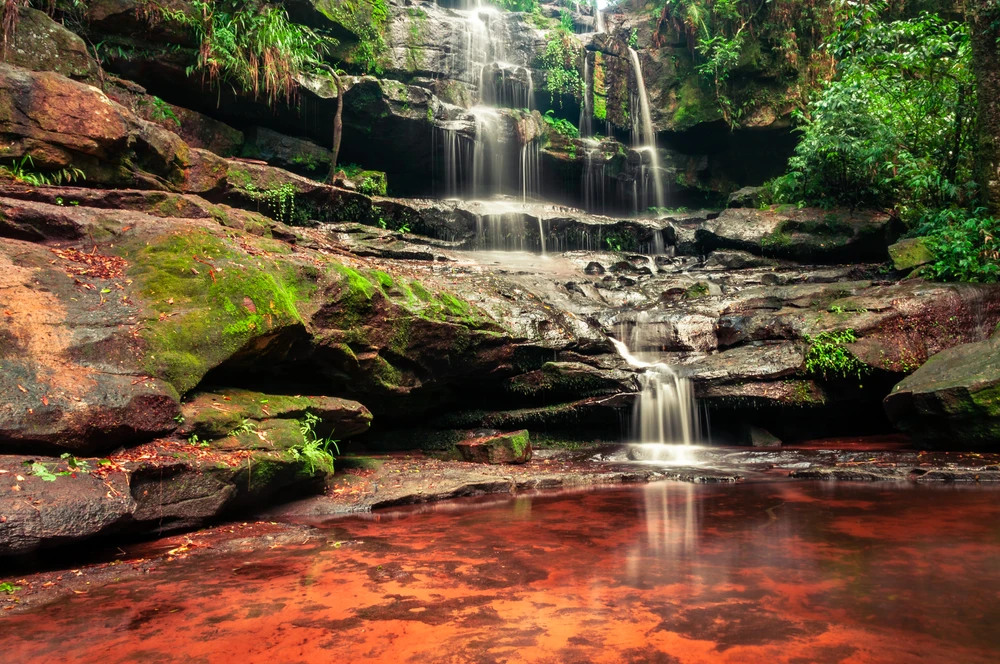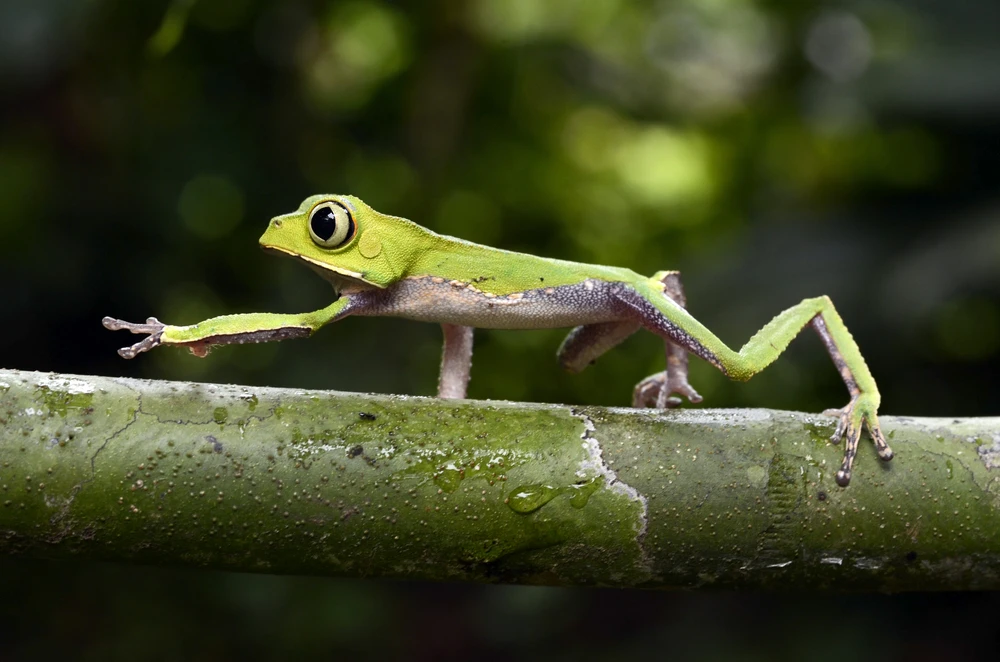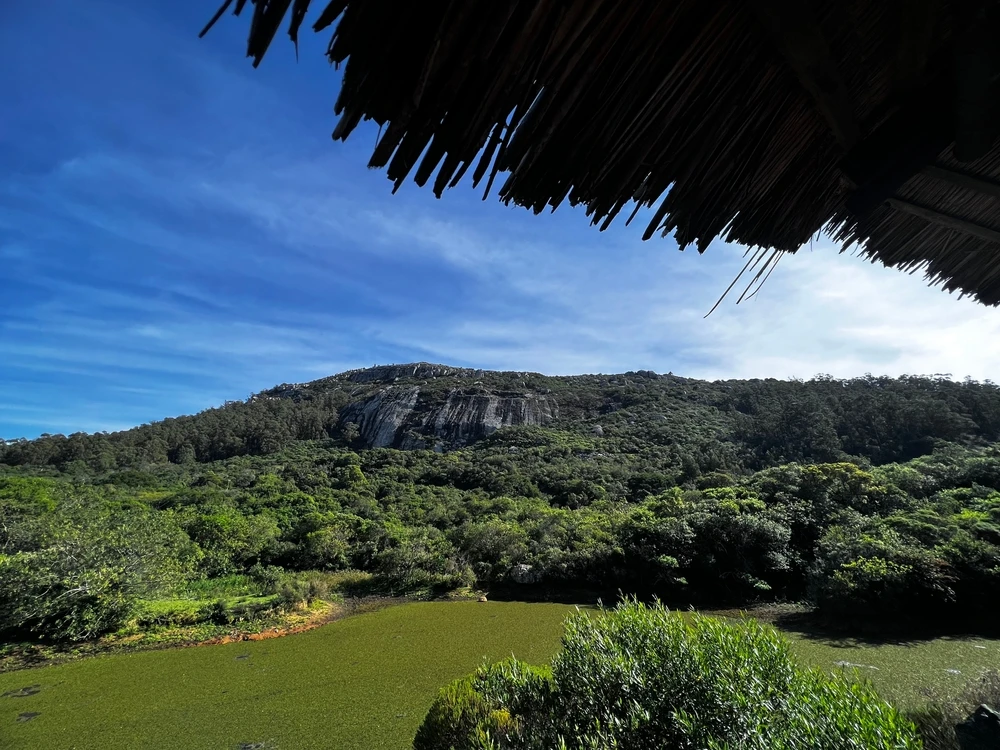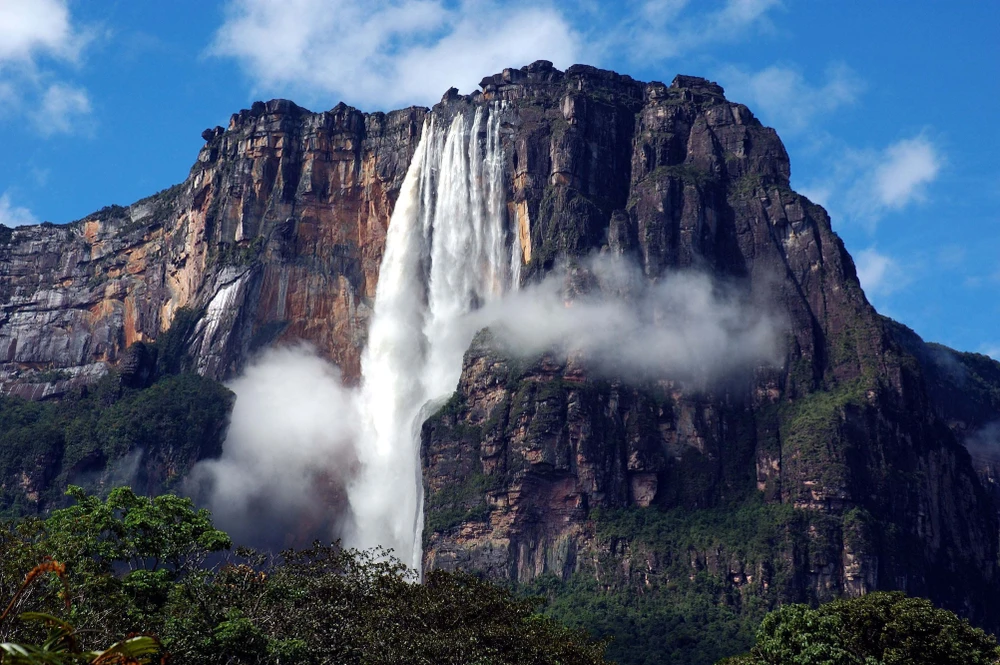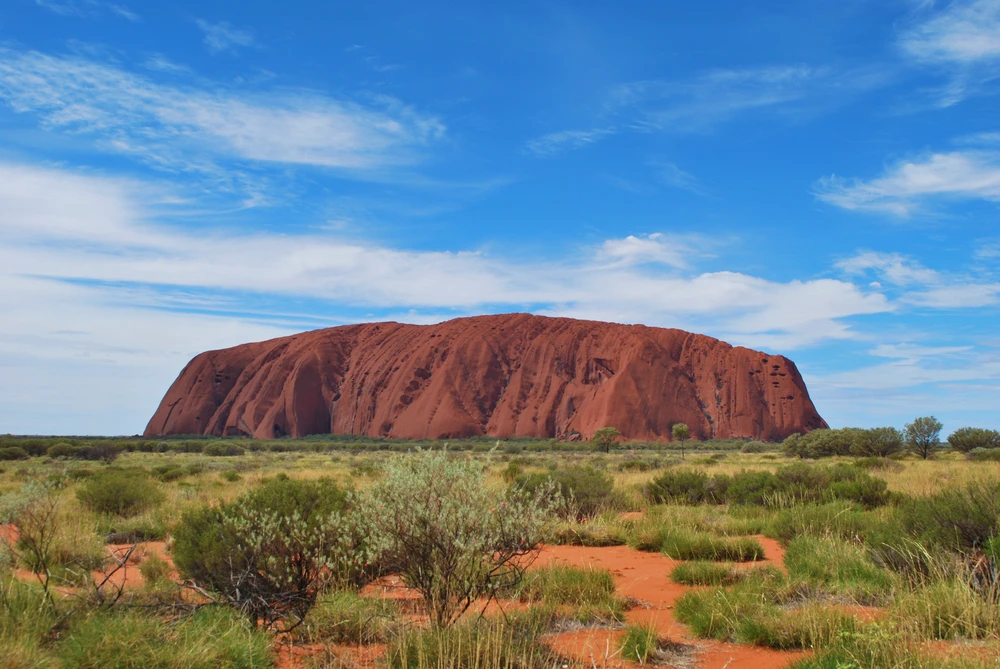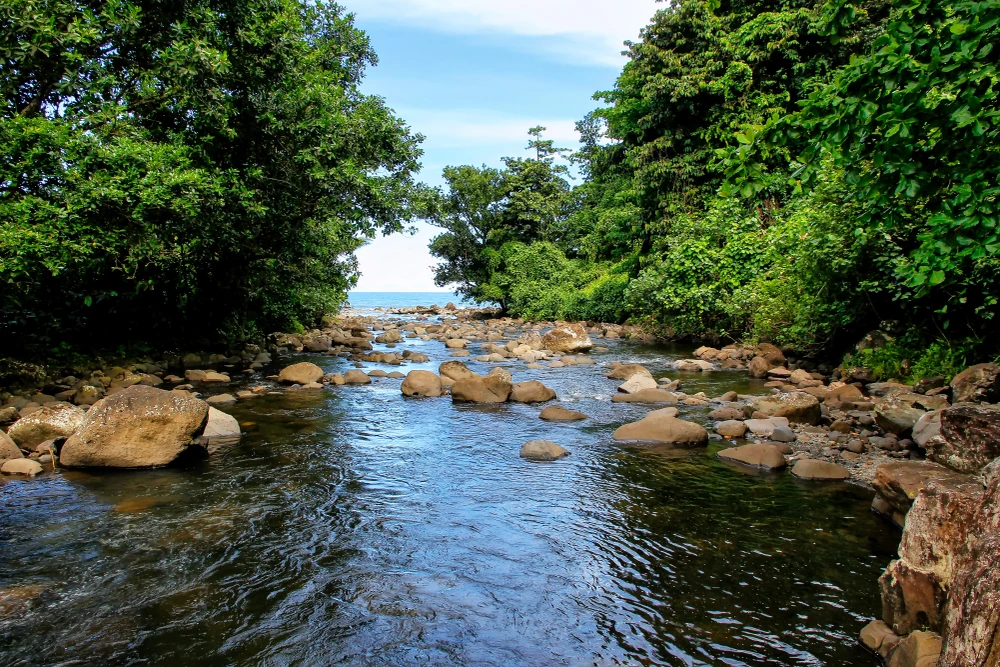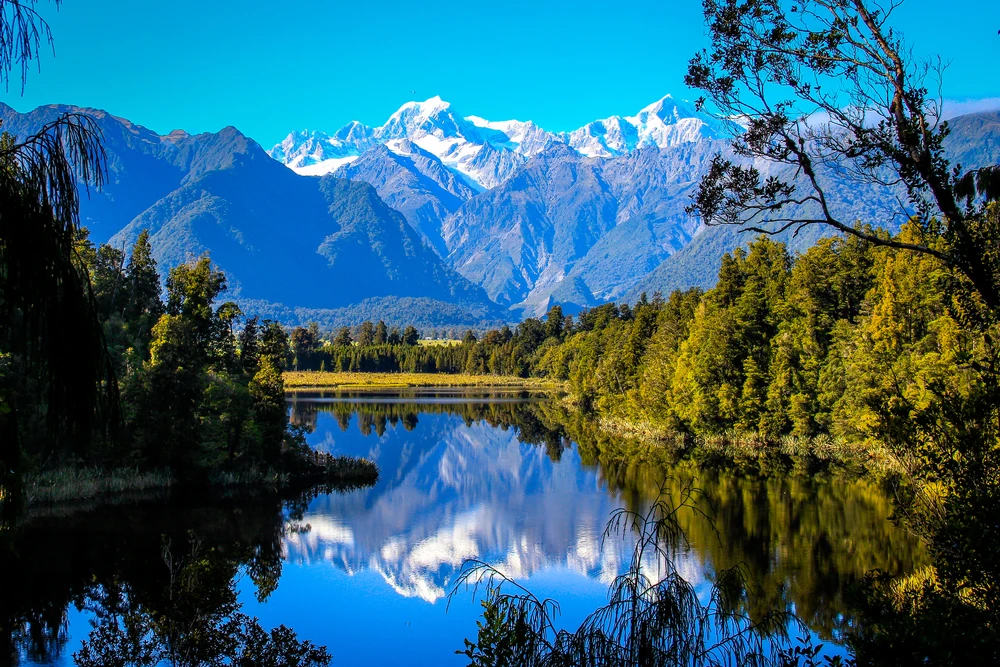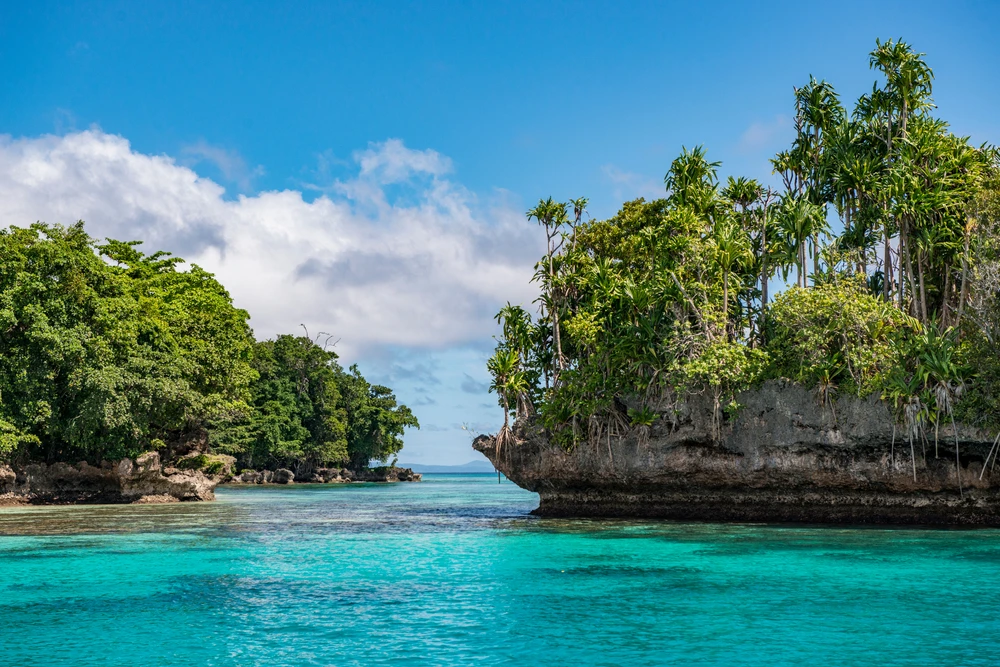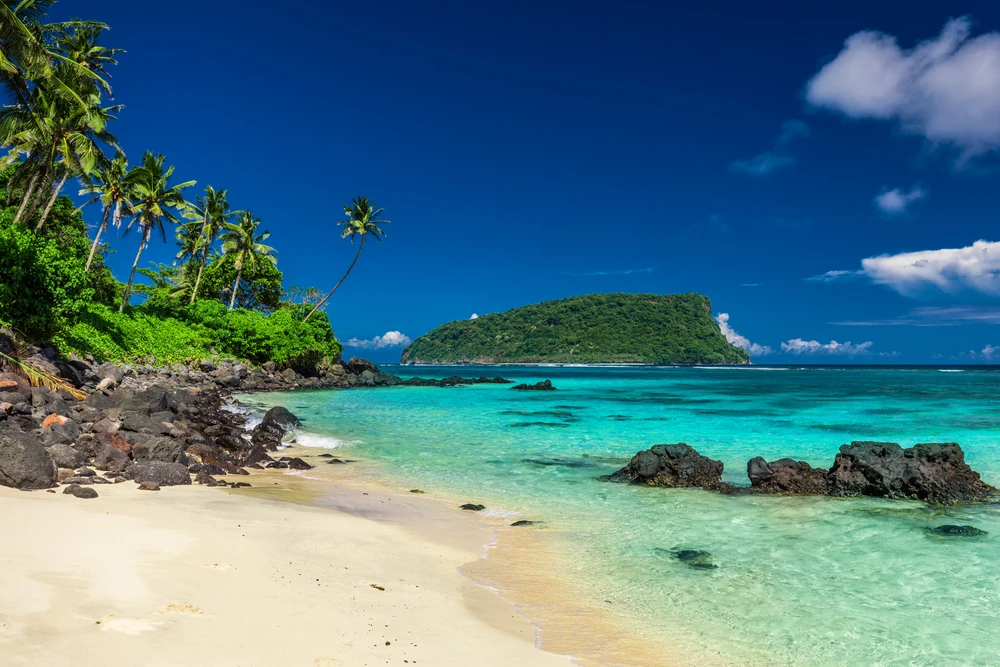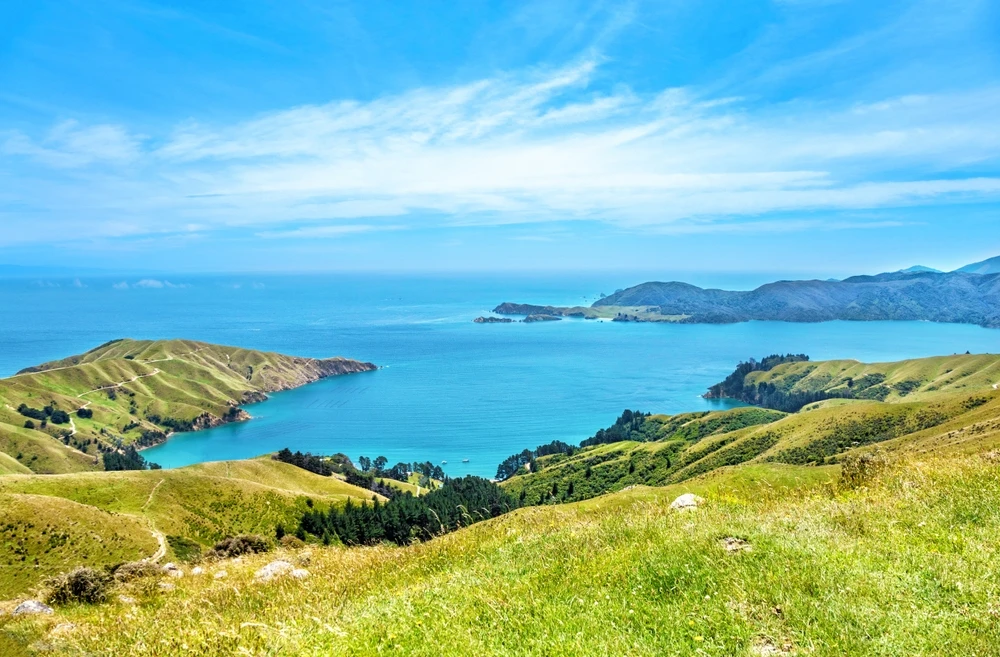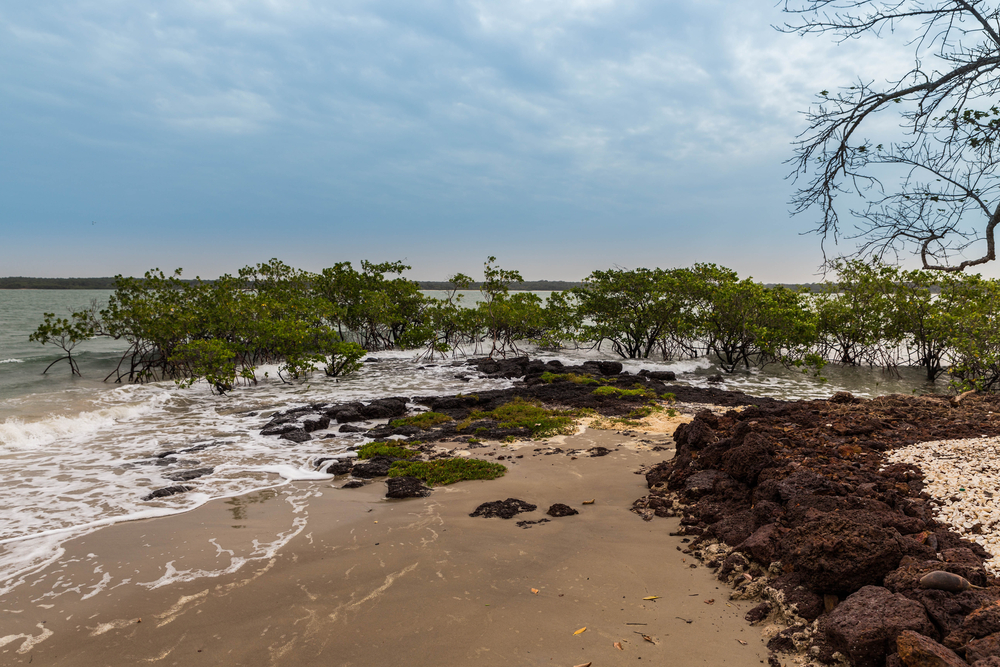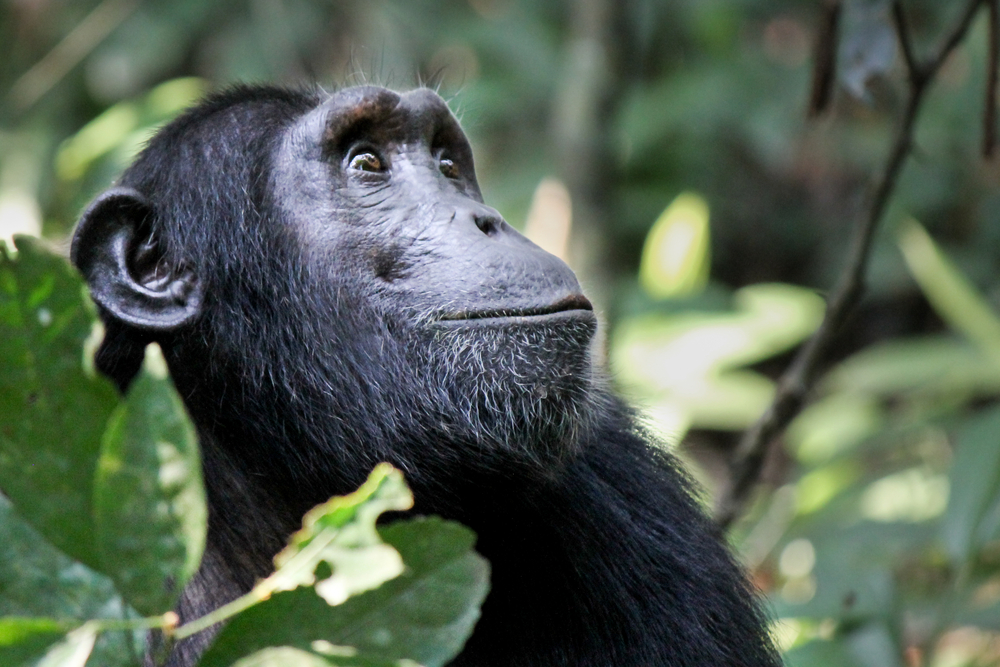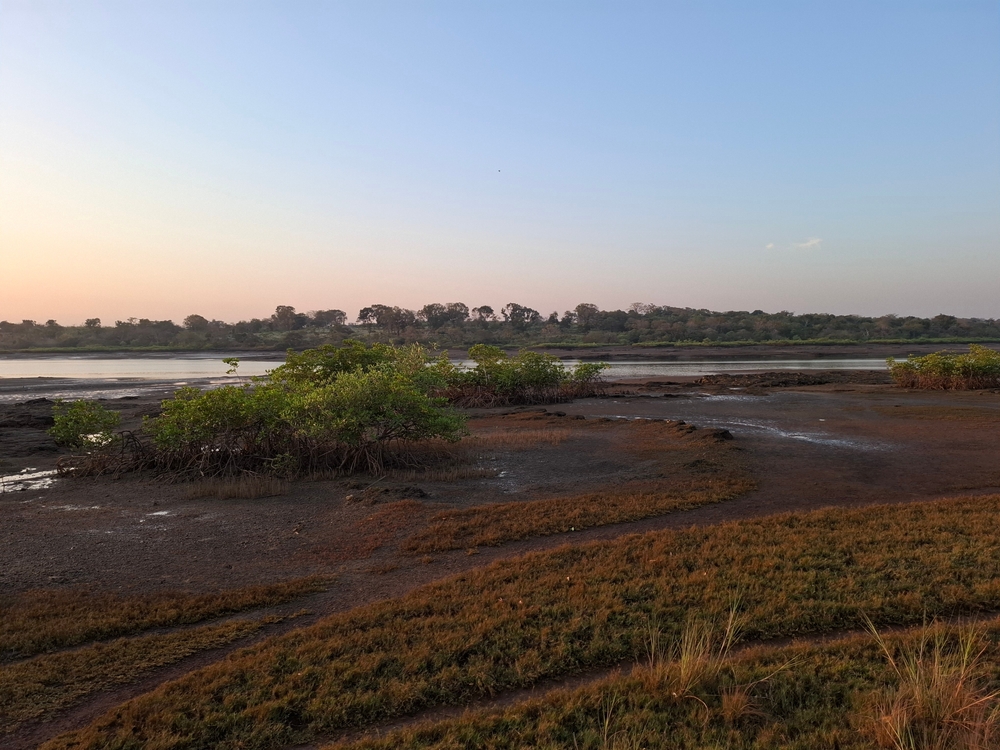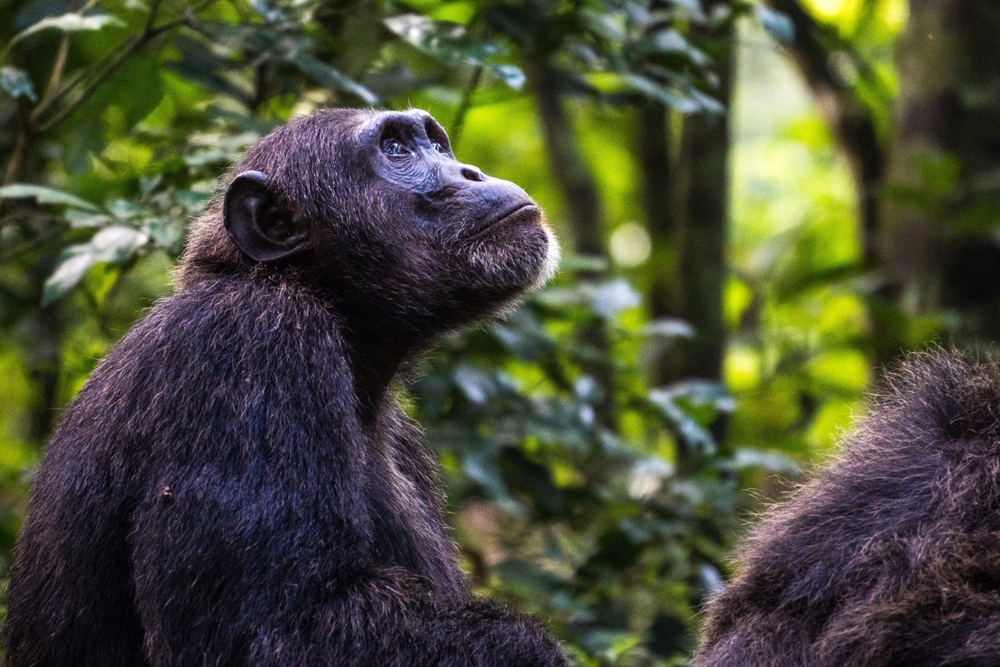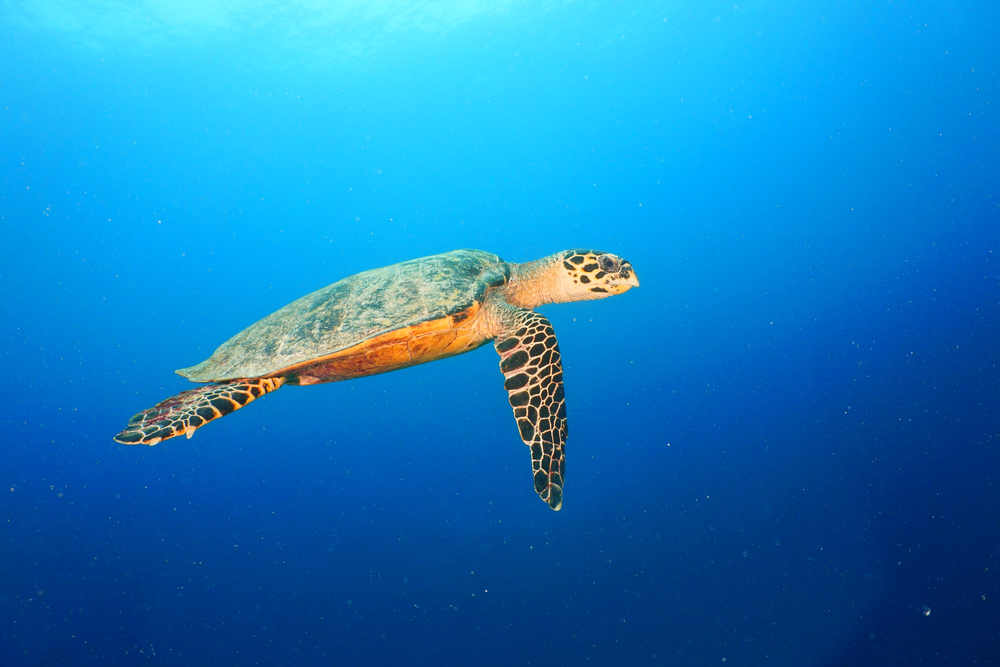Varela Overview
Varela National Park, locally known as “Parque Nacional de Varela”, is a hidden gem located in the far northwestern corner of Guinea-Bissau near the border with Senegal. This coastal park, established to protect its unique ecosystems, spans a diverse landscape of beaches, mangroves, savannas, and woodlands. Covering approximately 630 square kilometers (243 square miles), Varela National Park is a sanctuary for biodiversity and a vital component of the West African ecological network.
The park’s terrain is a harmonious blend of sandy coastlines, rolling dunes, dense mangrove forests, and open savannas. The coastline is dotted with pristine beaches that stretch along the Atlantic Ocean, providing critical habitats for marine life. Inland, patches of tropical forests interspersed with grasslands and wetlands create a dynamic mosaic of habitats that support a wide range of species. The park is also home to small rivers and estuaries that flow into the ocean, sustaining both aquatic and terrestrial life.
Varela National Park is renowned for its rich biodiversity. The beaches serve as nesting grounds for endangered sea turtles, including green and hawksbill turtles. The mangroves and wetlands are vital habitats for West African manatees, crocodiles, and various fish species. On land, the park is home to antelope, primates such as baboons and monkeys, and a variety of small mammals. Birdlife is abundant, with species like flamingos, pelicans, and herons frequenting the wetlands, while forested areas host colorful kingfishers and bee-eaters.
Visitors to Varela National Park can experience its natural wonders through a variety of activities. The park’s beaches are perfect for quiet walks and observing turtle nesting during the season. Guided boat tours through the mangroves offer opportunities to explore the intricate water systems and observe manatees and birdlife. Hiking trails through the savannas and forests provide a chance to connect with the diverse landscapes and spot wildlife in their natural habitats. The park’s proximity to local villages also allows visitors to engage with the culture of the local communities, learning about their traditions and sustainable practices.
Despite its ecological richness, Varela National Park faces challenges, including habitat loss due to agricultural expansion, illegal fishing, and the impacts of climate change. Conservation efforts led by Guinea-Bissau’s Institute for Biodiversity and Protected Areas (IBAP) focus on protecting turtle nesting sites, restoring mangroves, and involving local communities in sustainable management practices. Collaborative efforts with international organizations support research, monitoring, and eco-tourism initiatives to ensure the park’s long-term viability.
Varela National Park is a pristine example of Guinea-Bissau’s coastal and terrestrial biodiversity. Its dynamic landscapes, endangered species, and cultural significance make it a vital conservation area and a rewarding destination for eco-tourism. Protecting Varela ensures the preservation of its ecosystems and reinforces Guinea-Bissau’s role in global biodiversity conservation.

